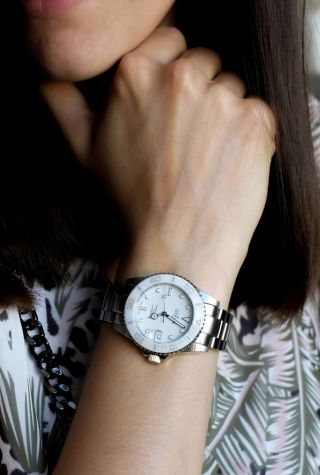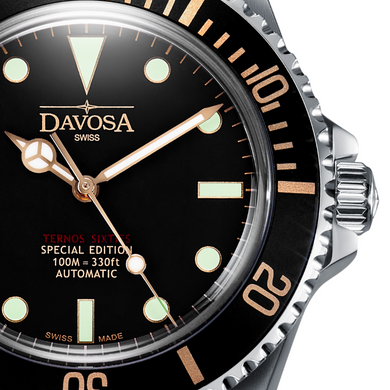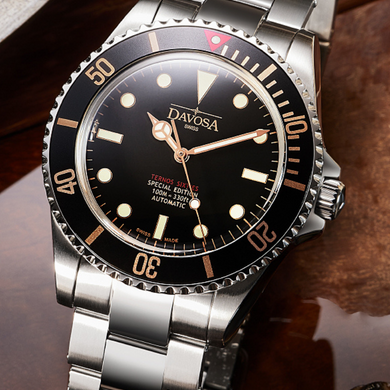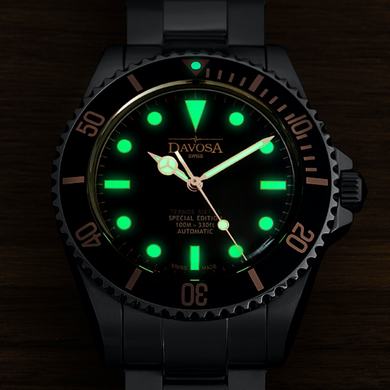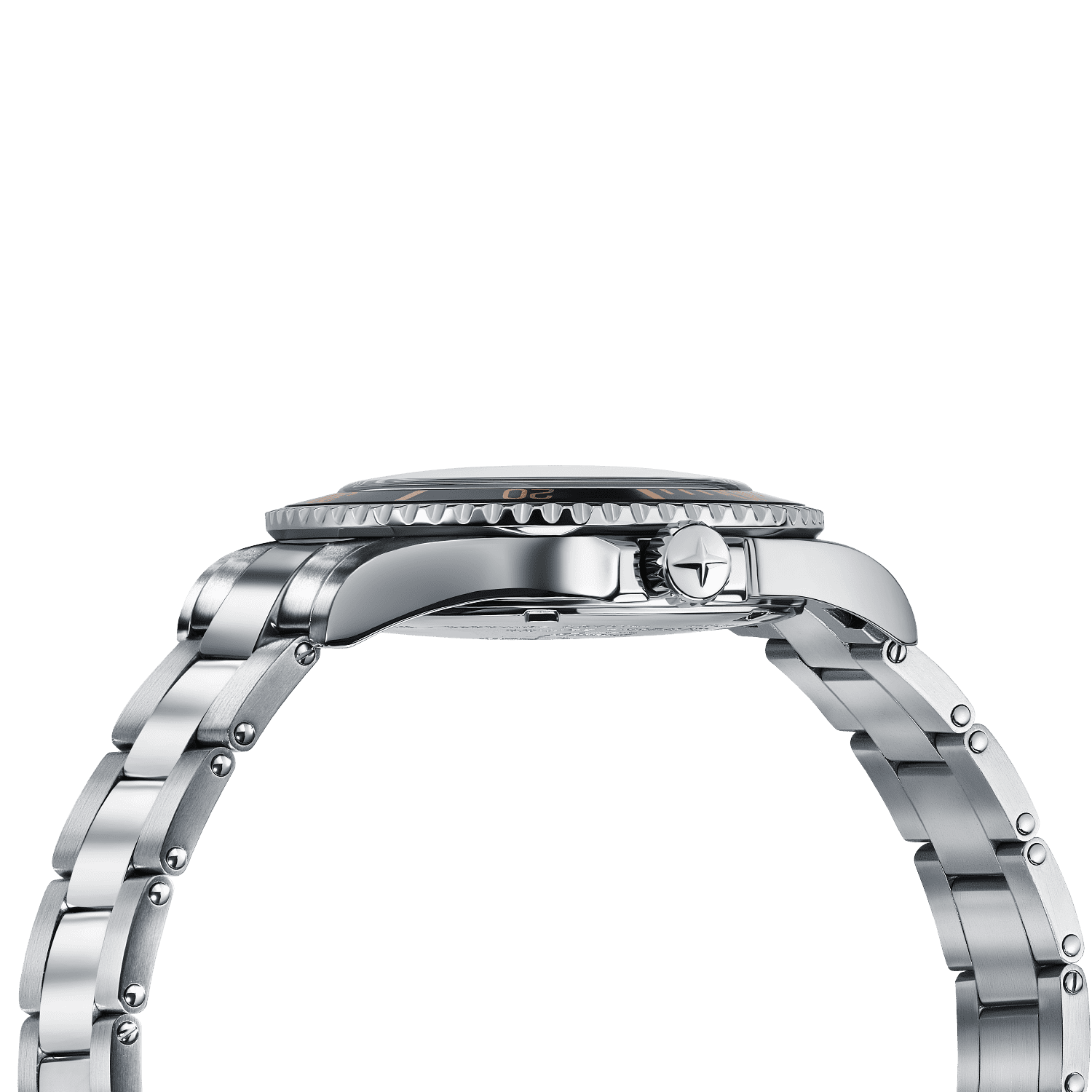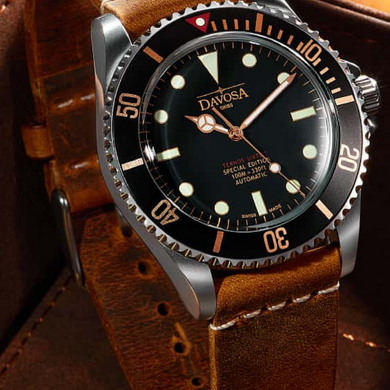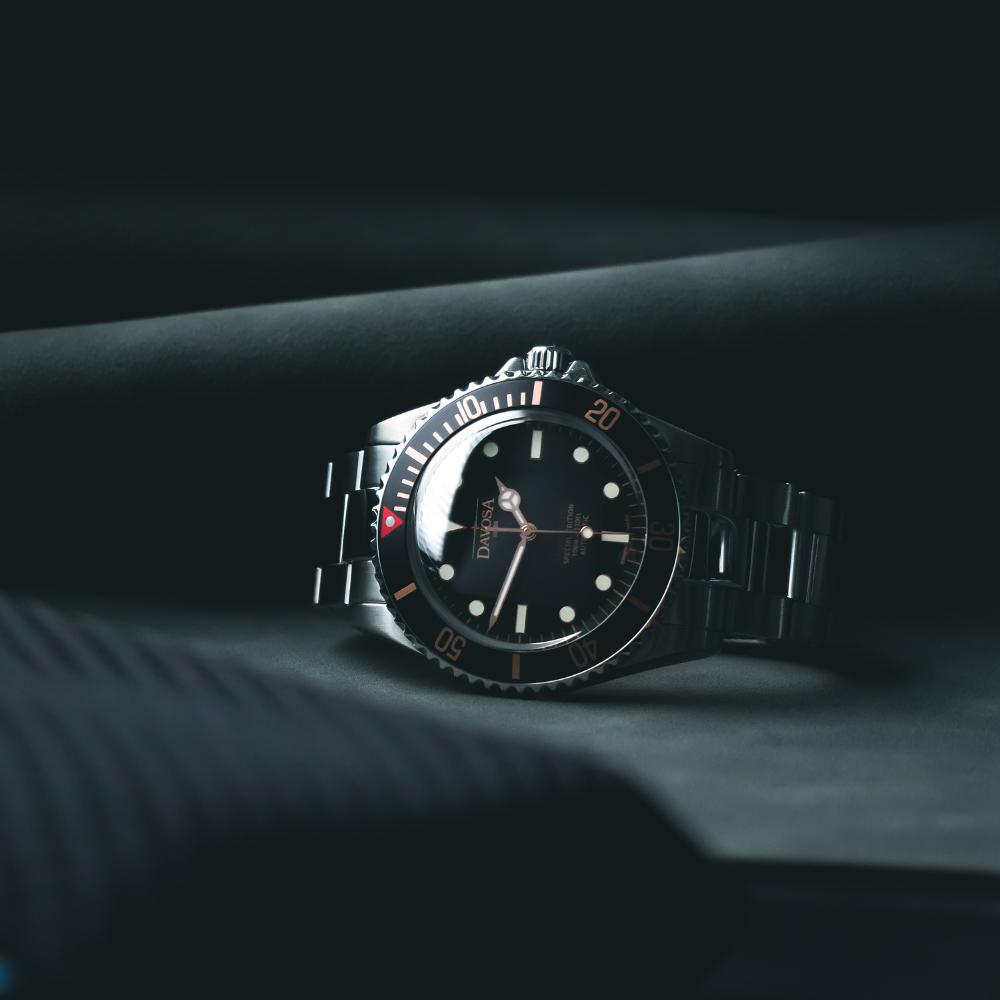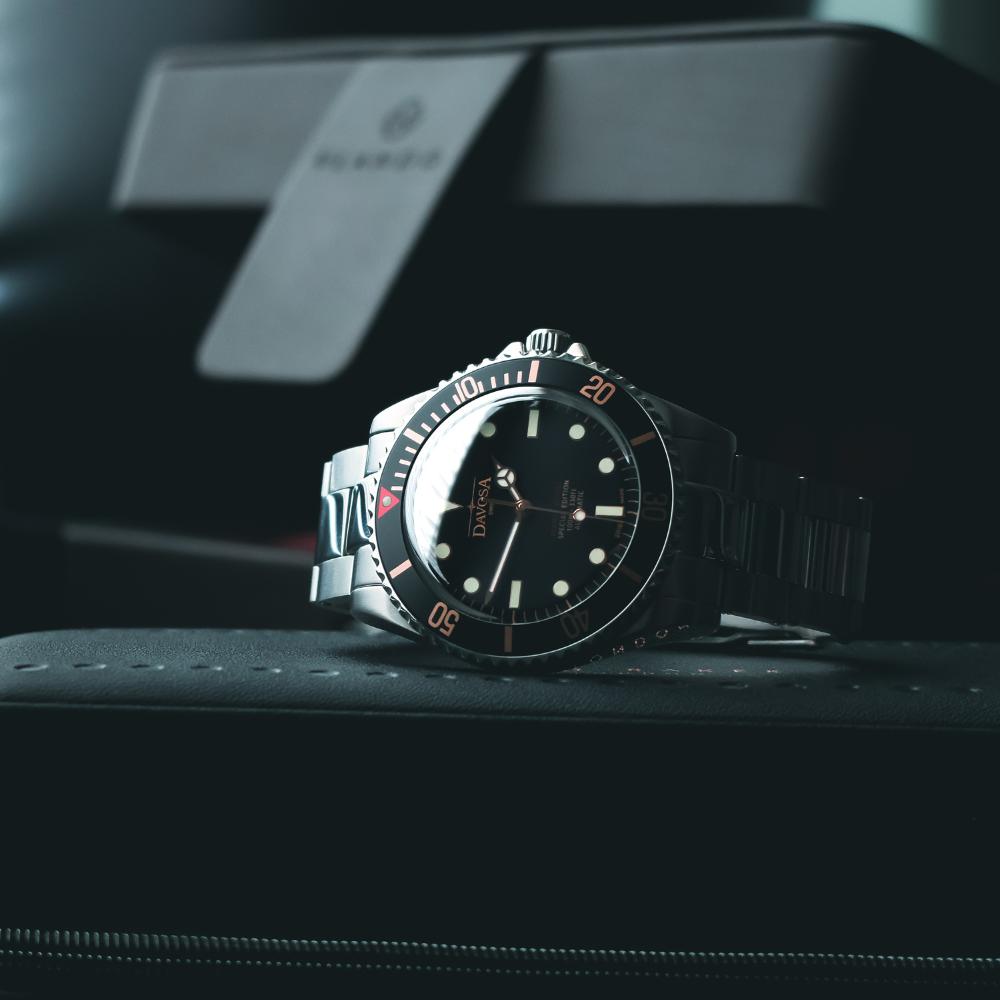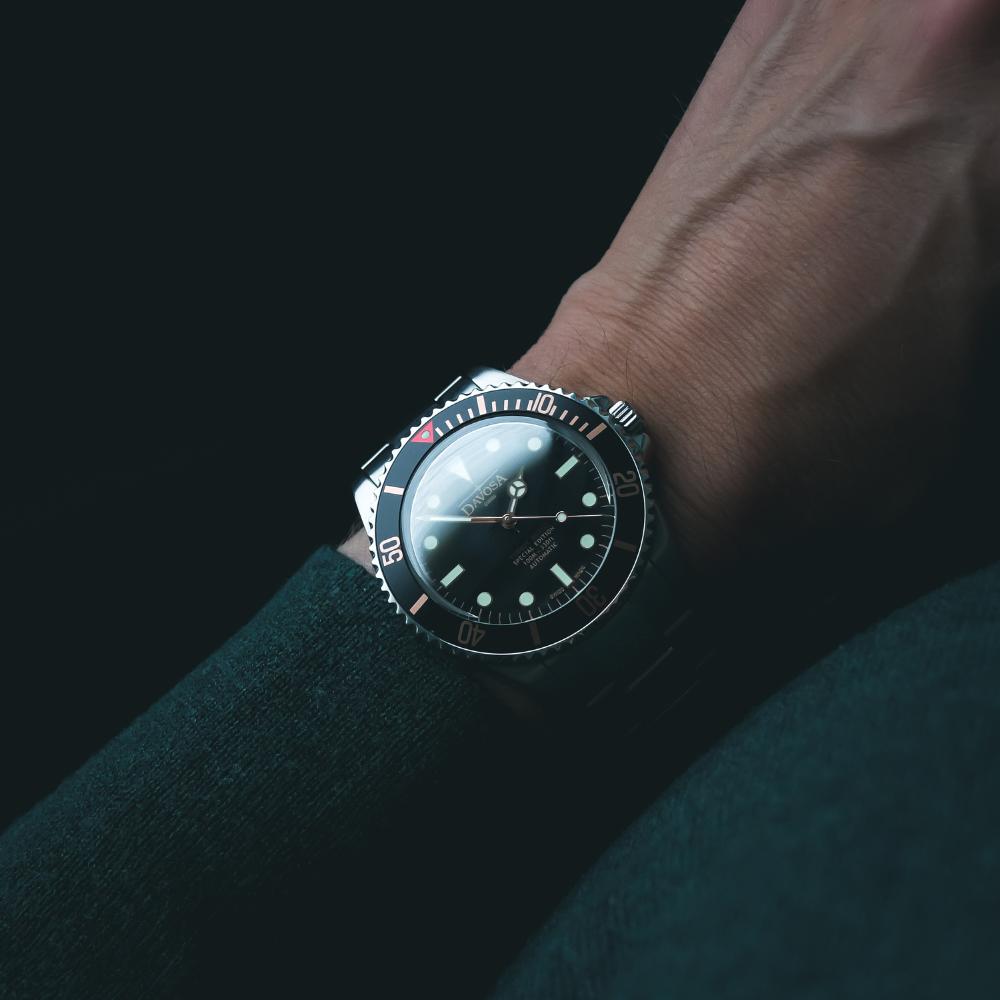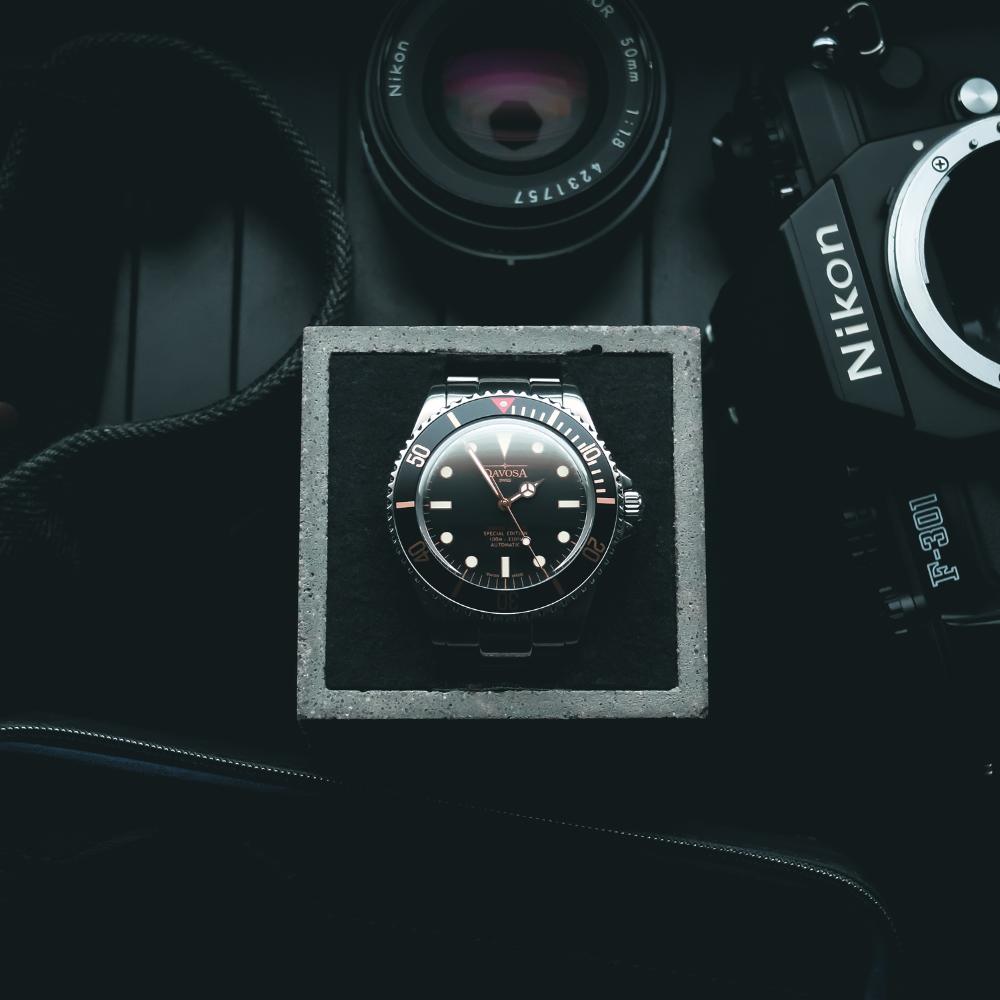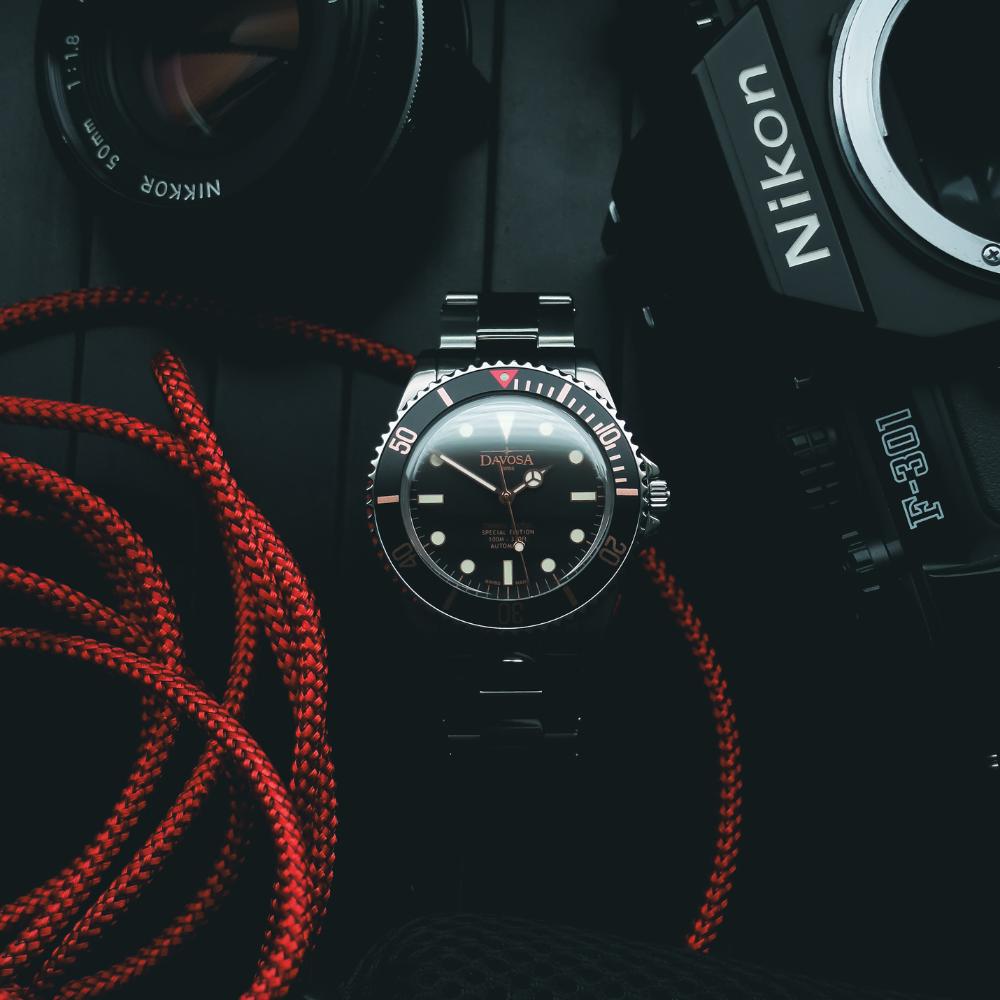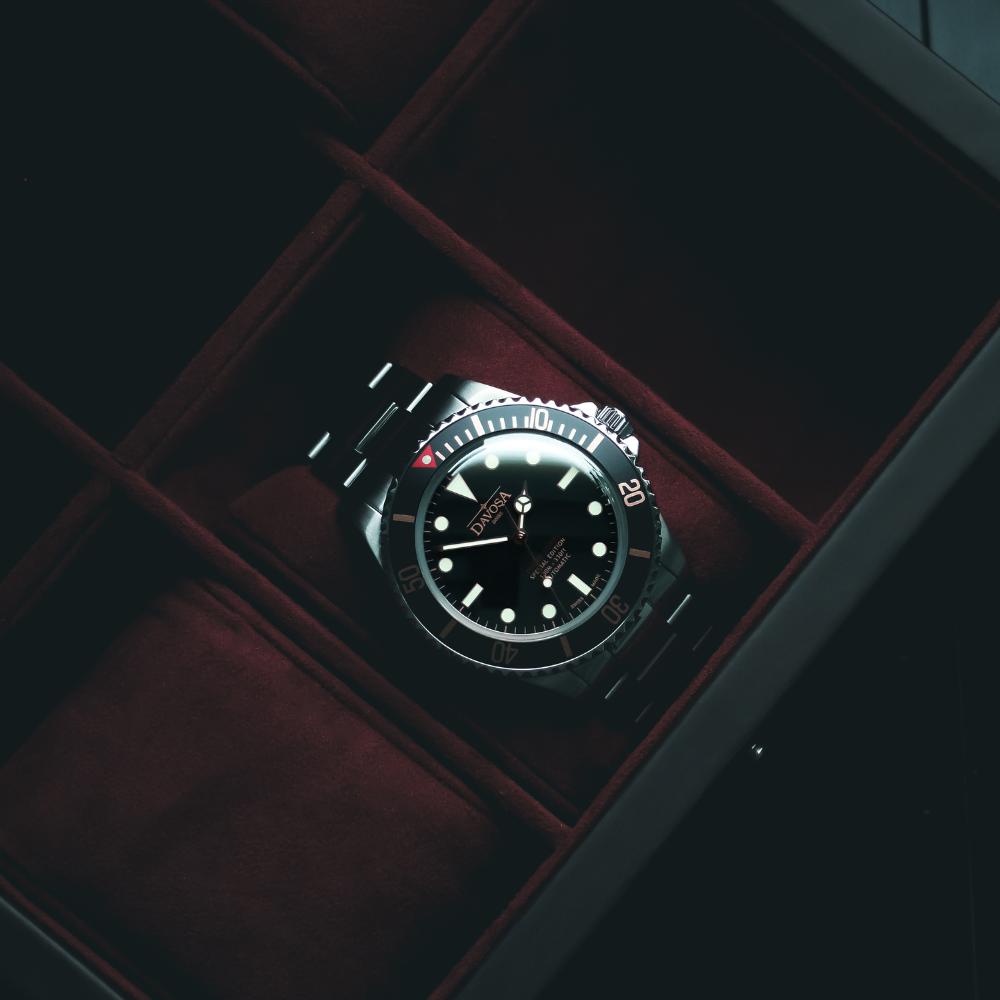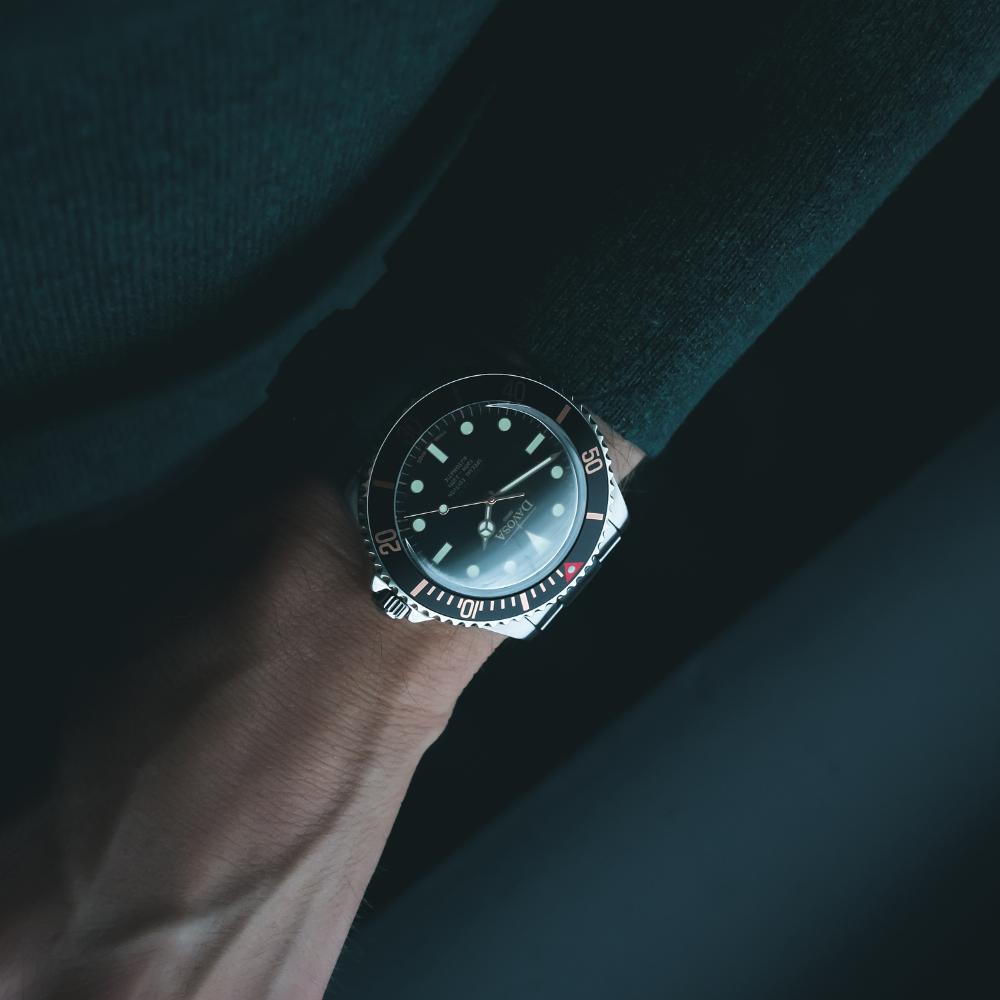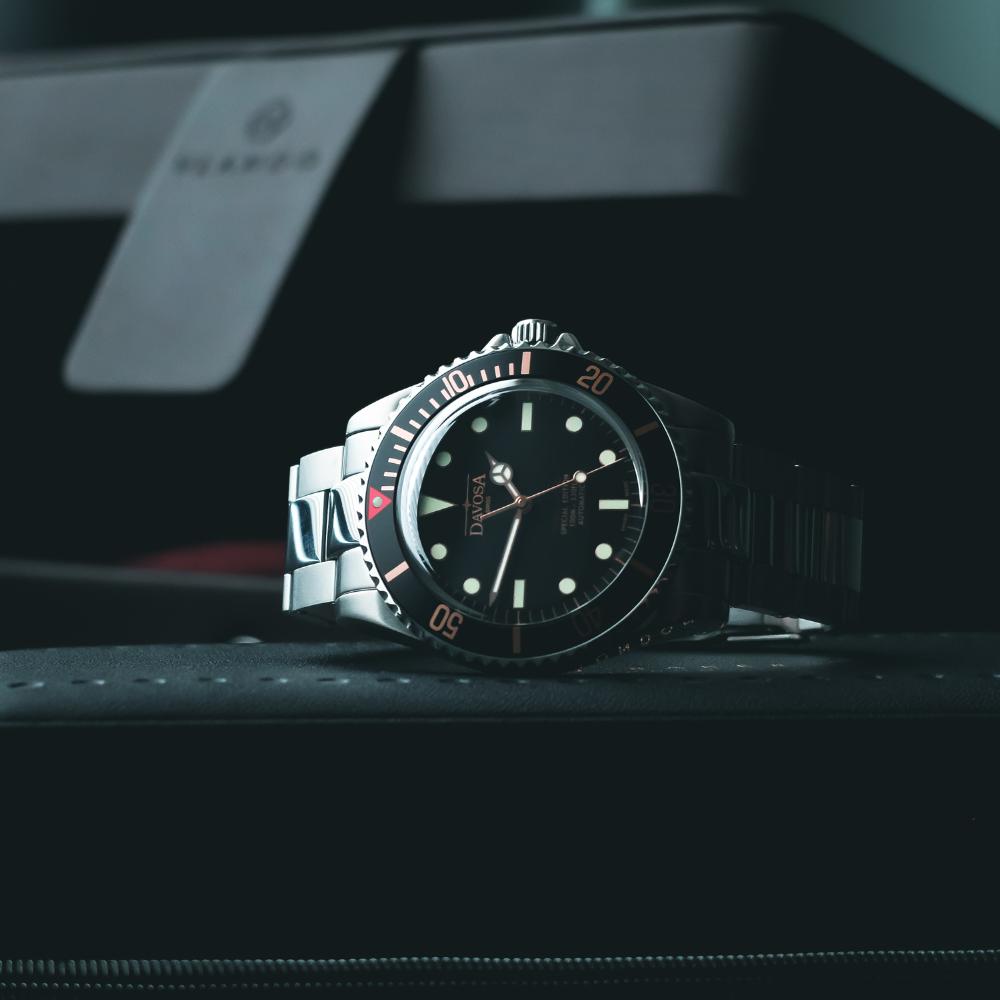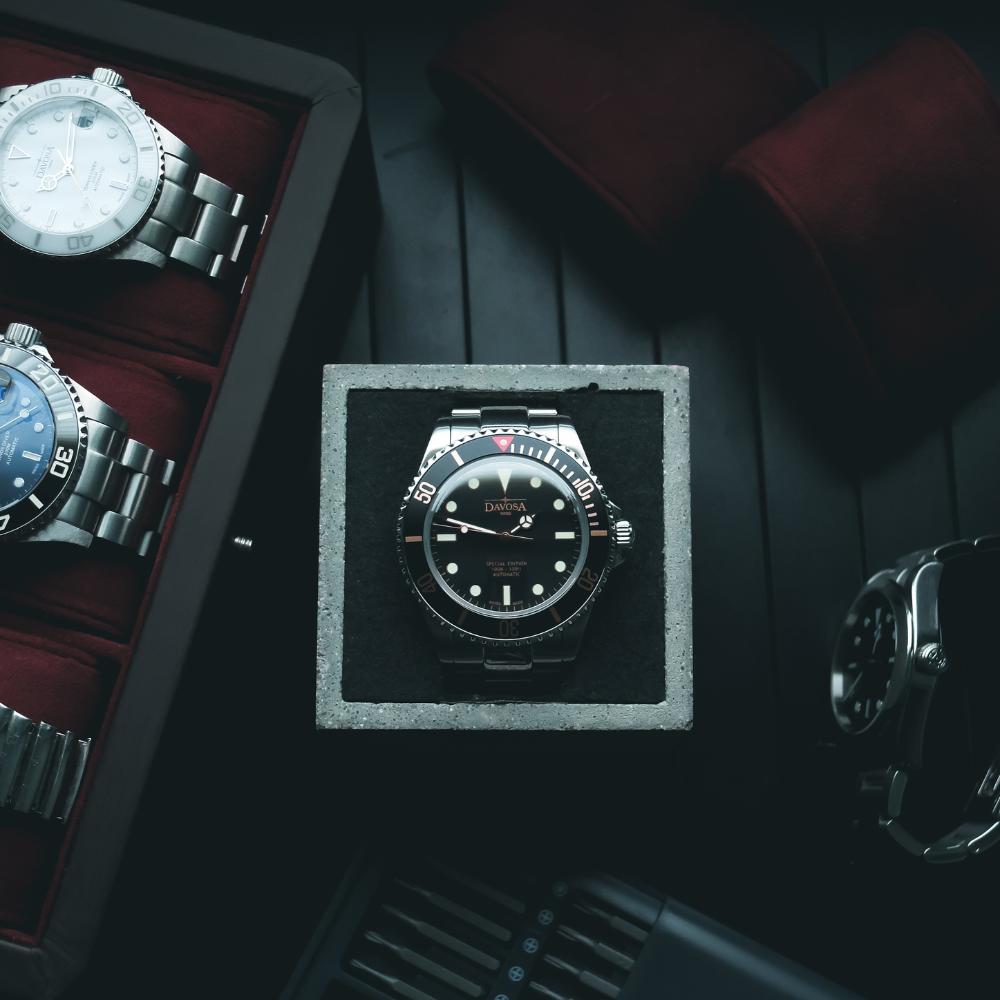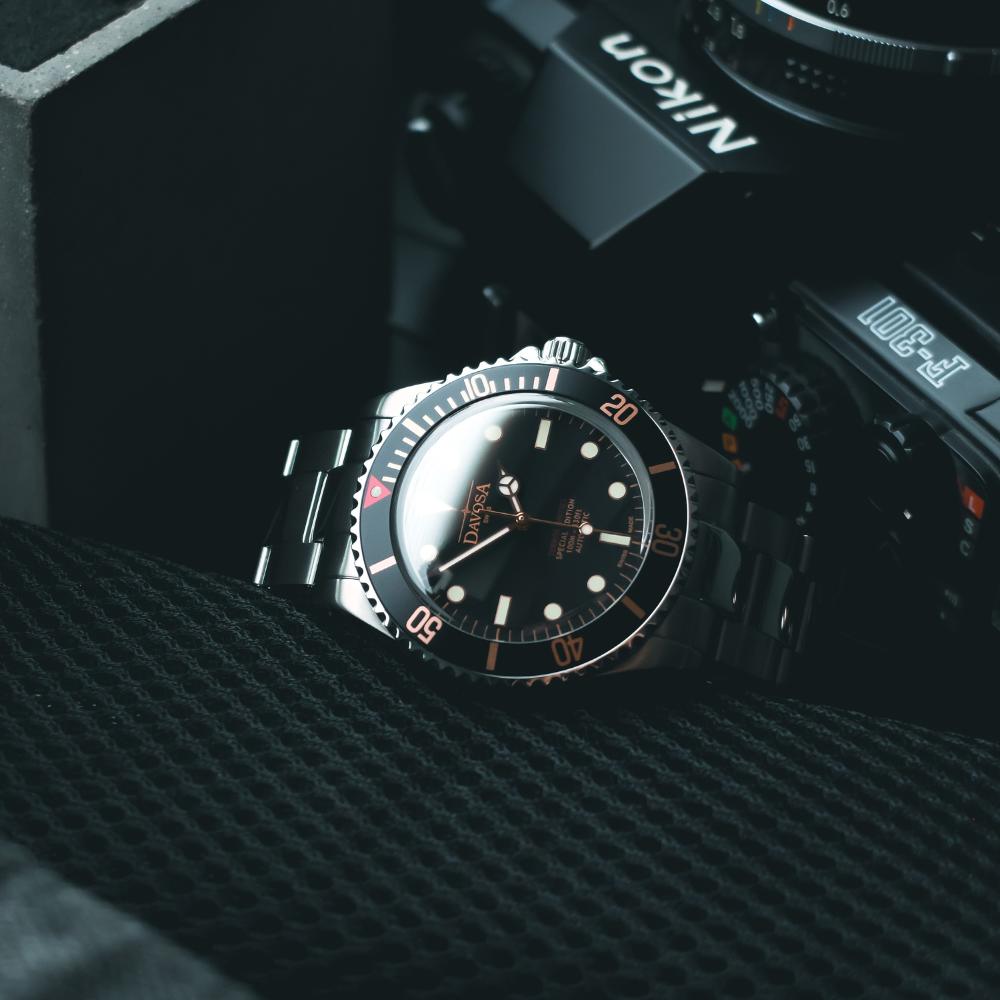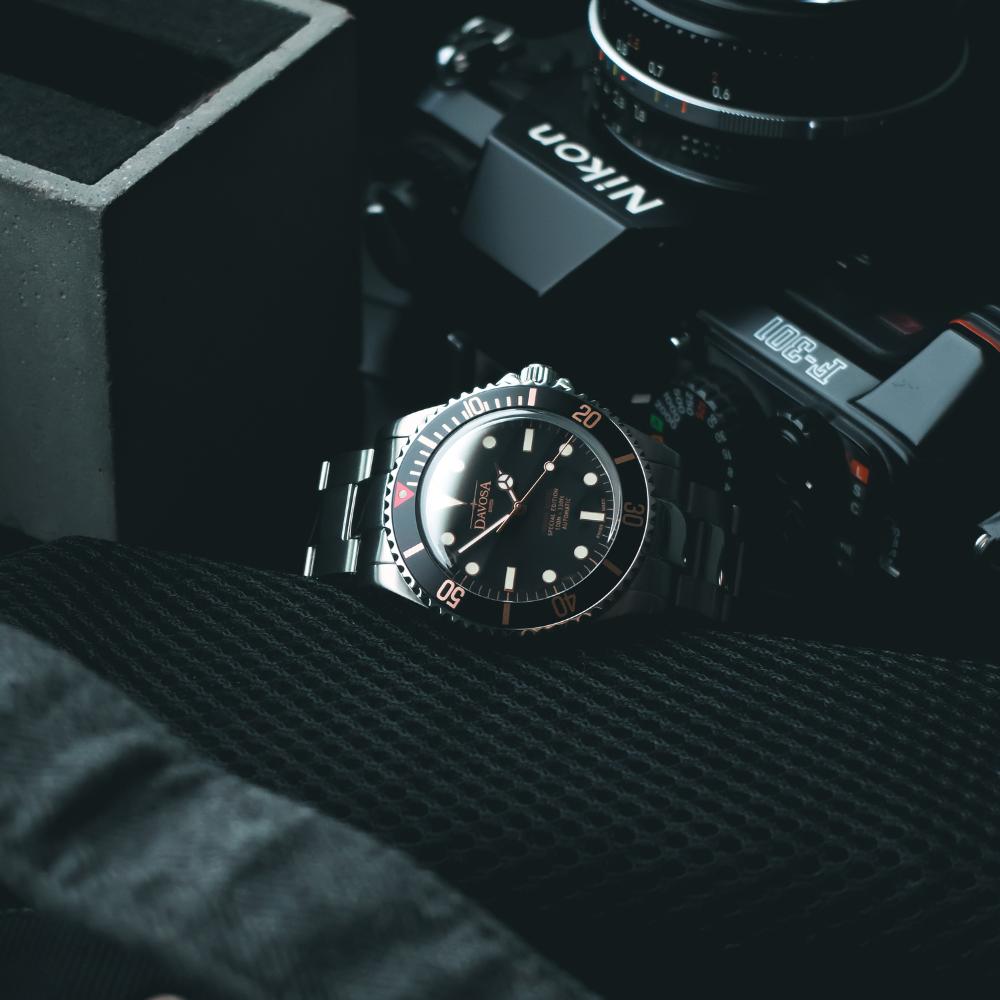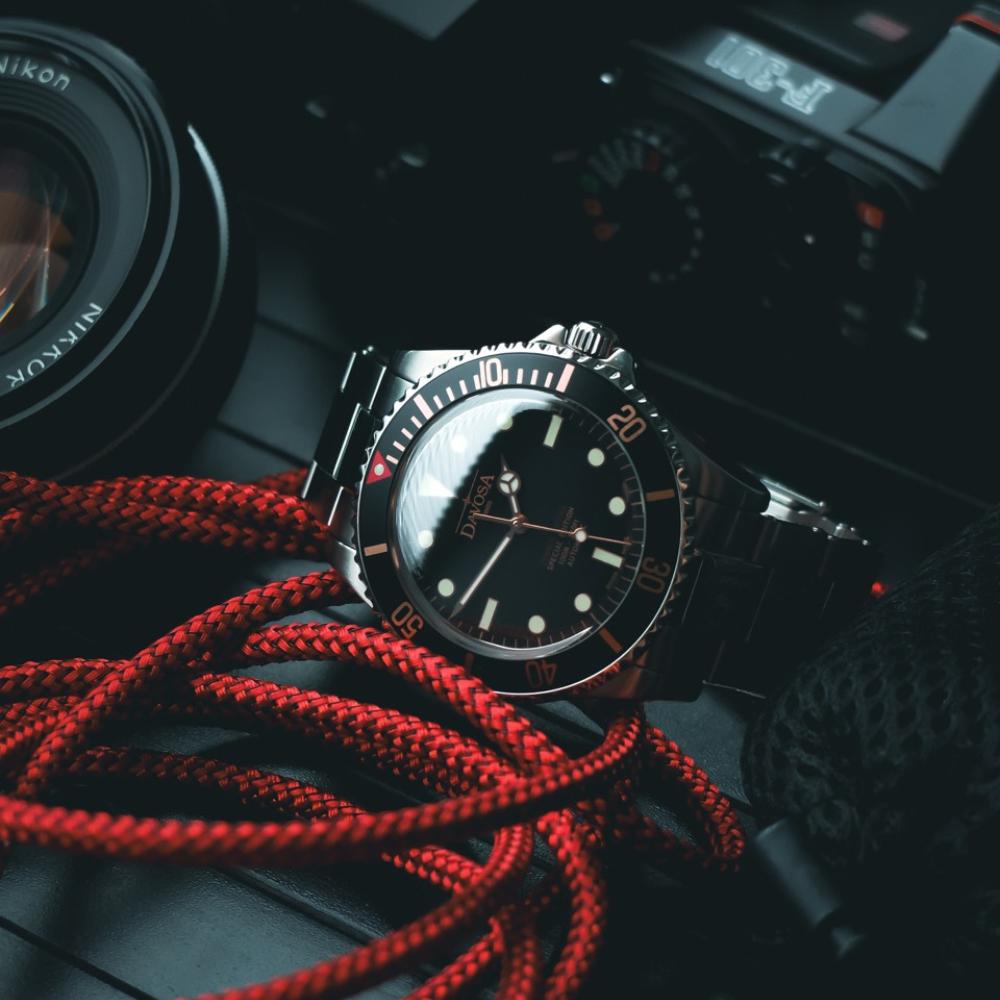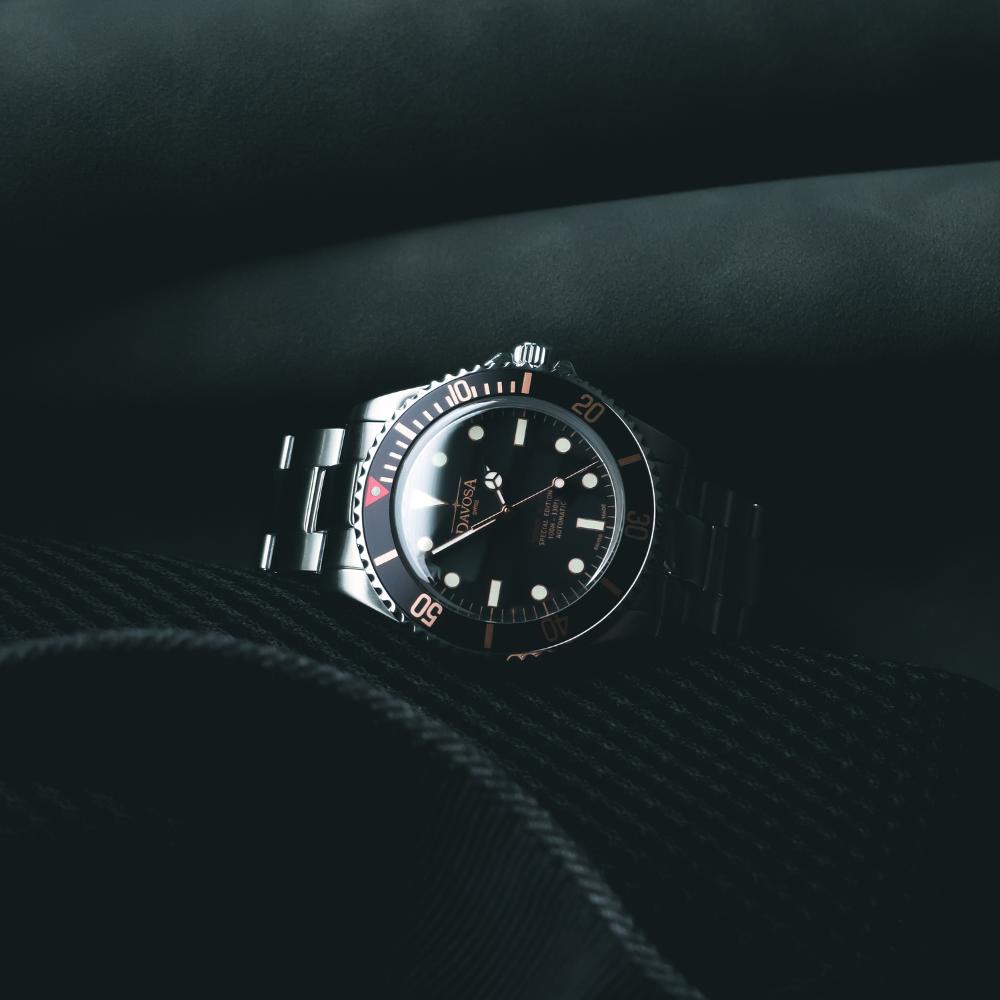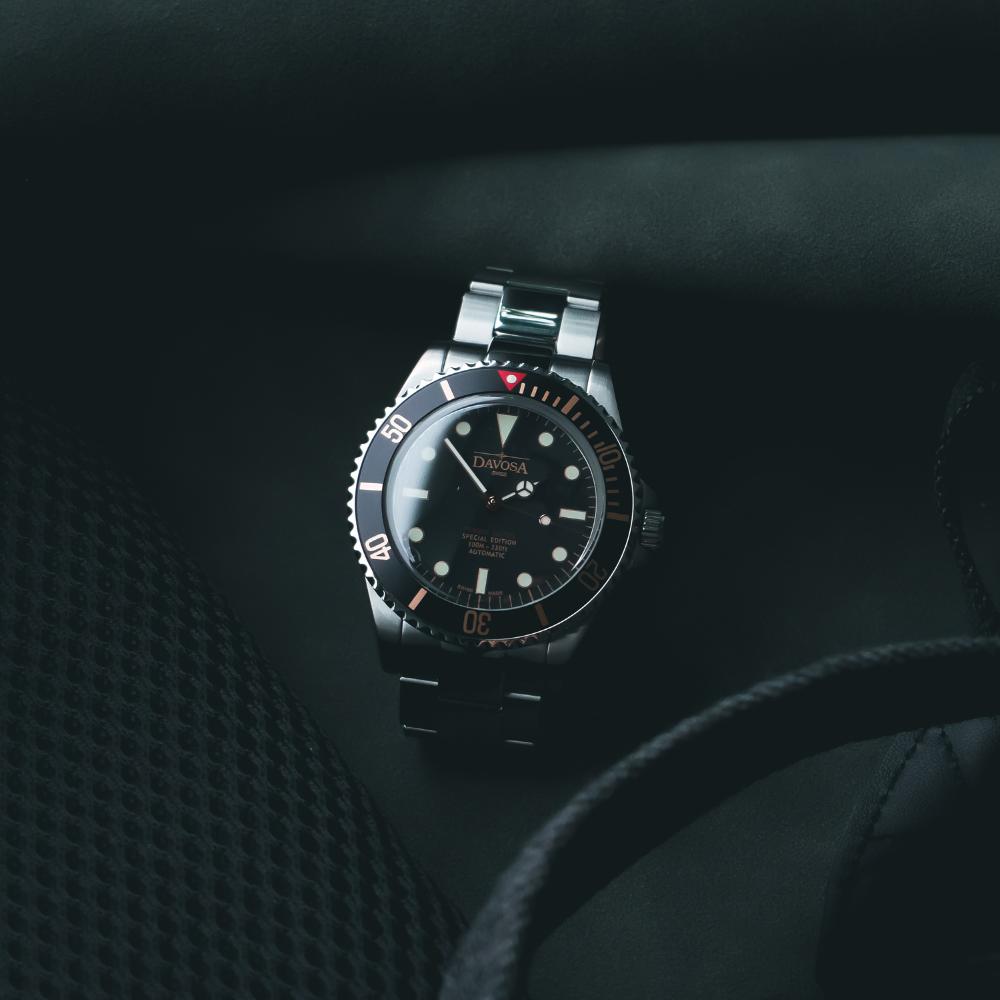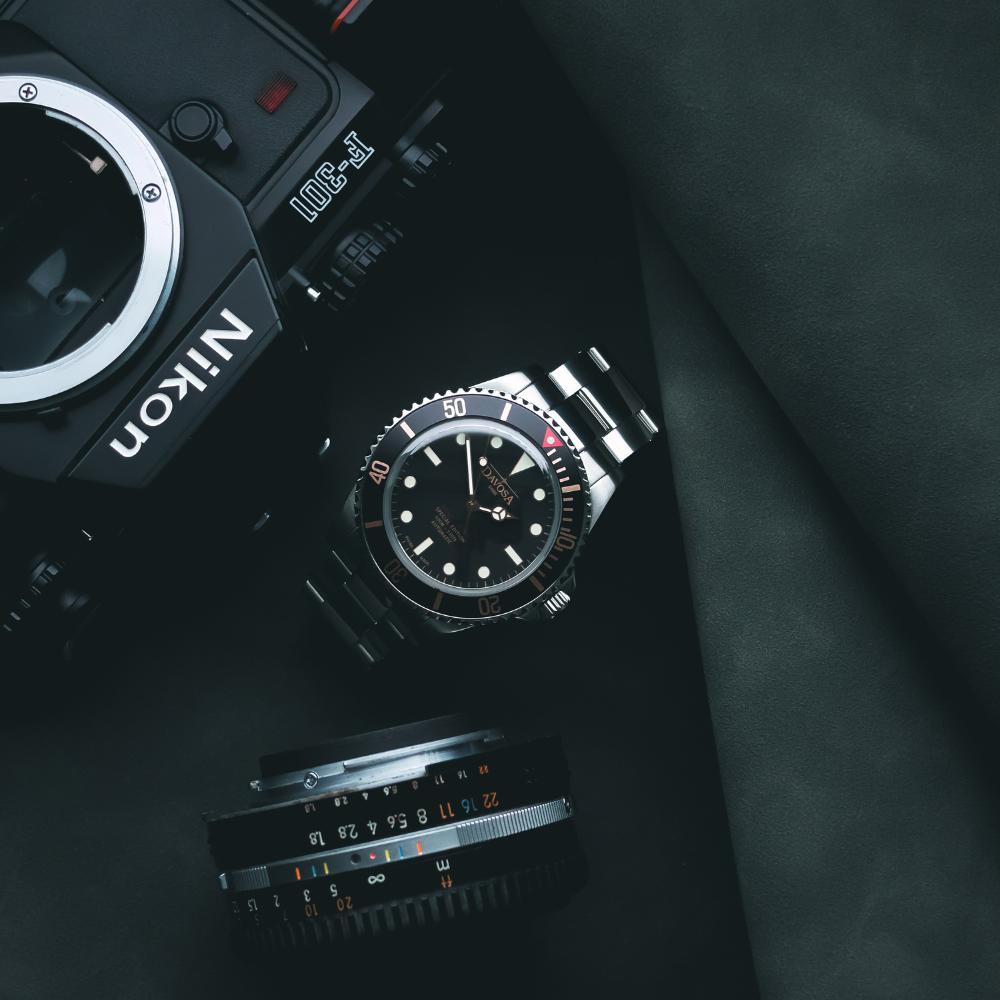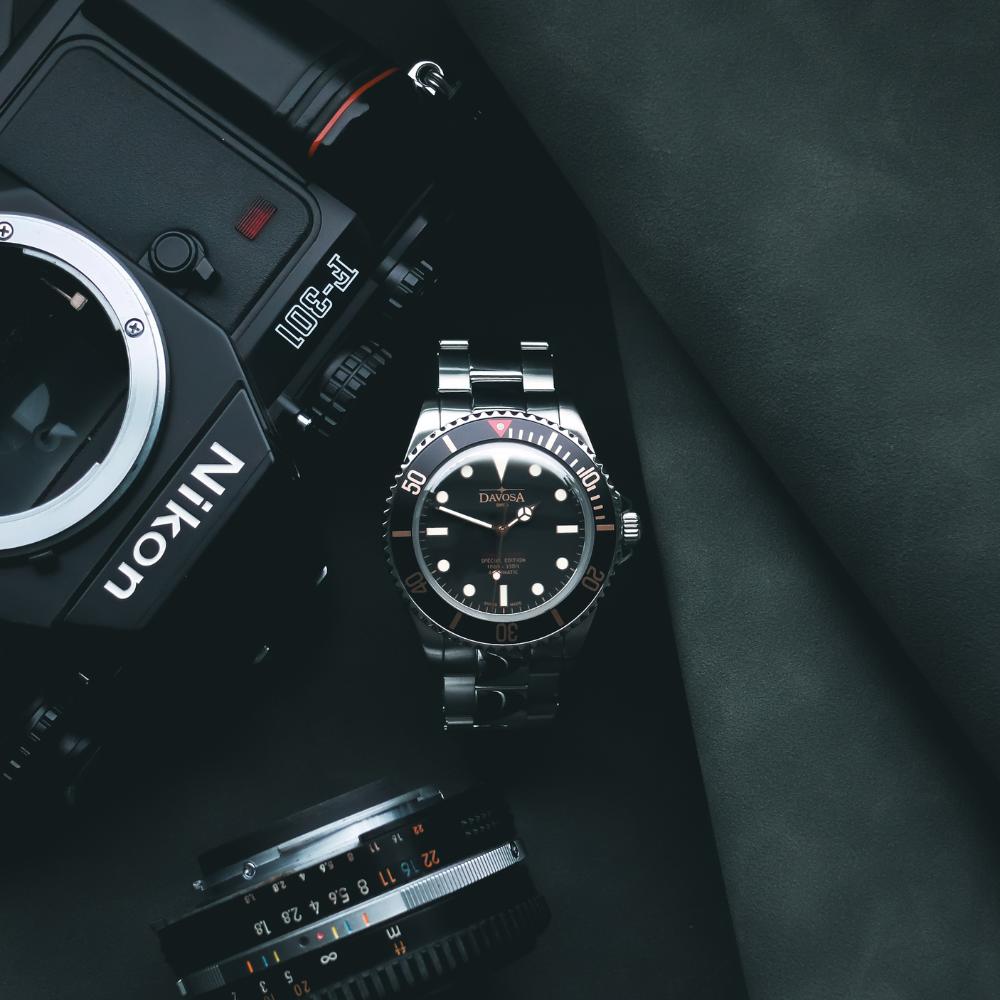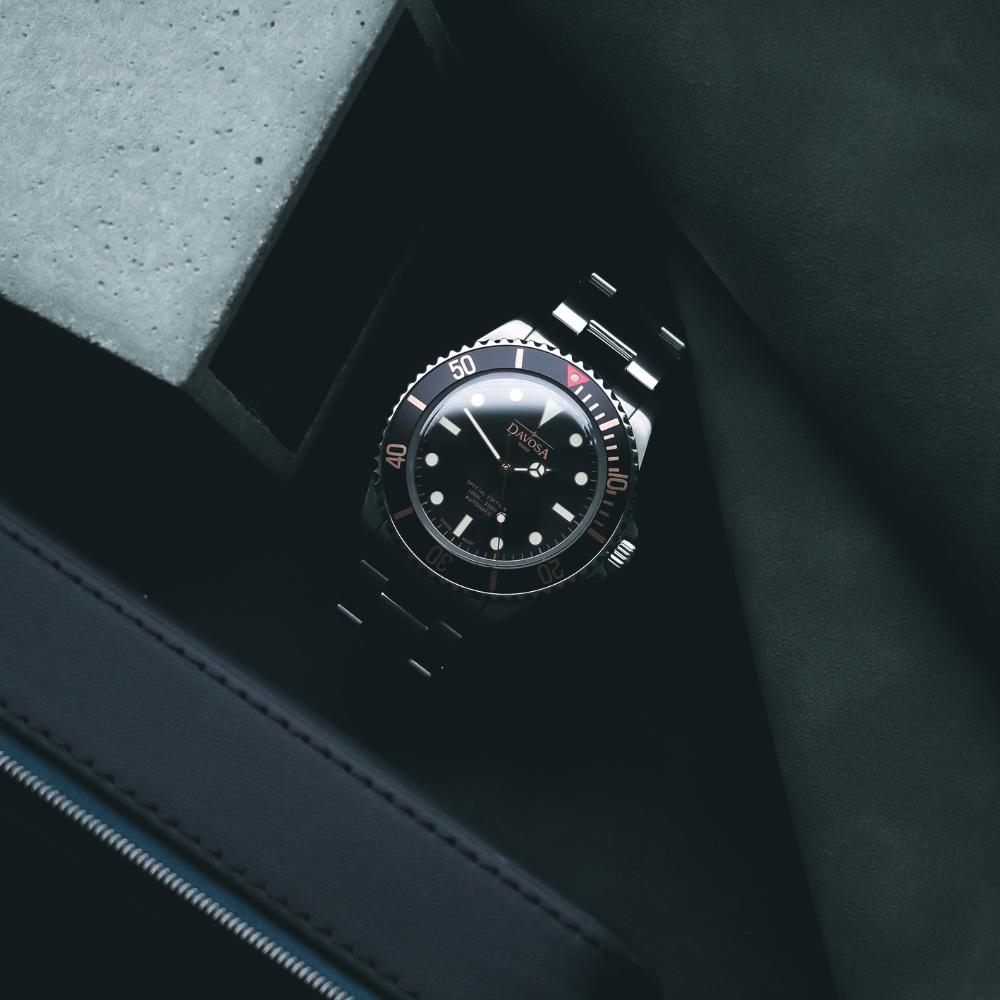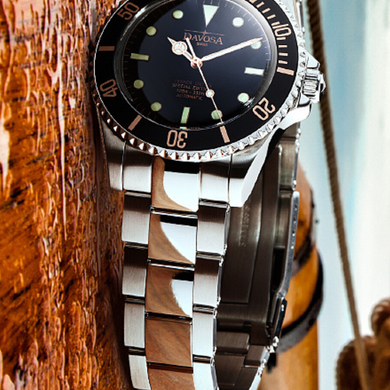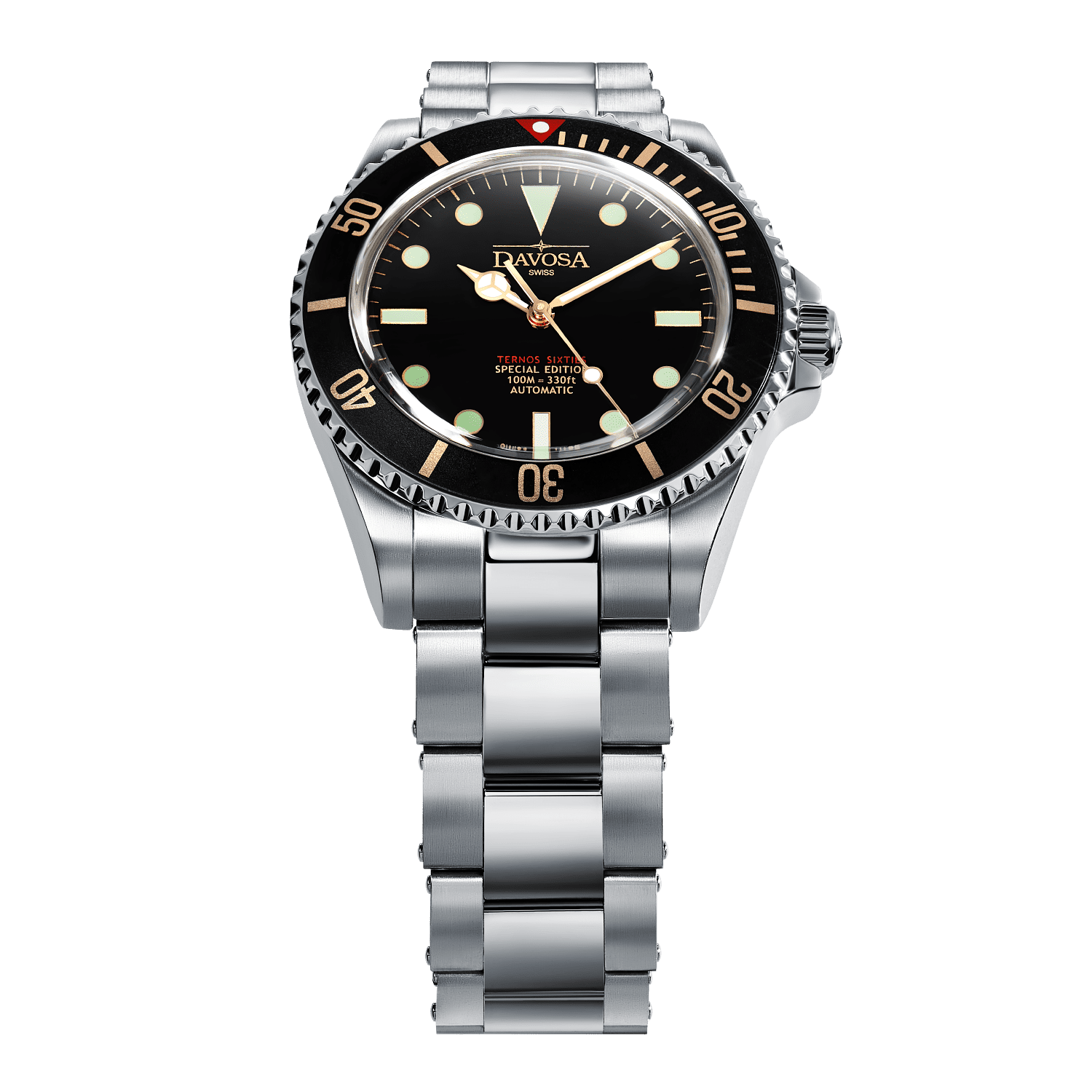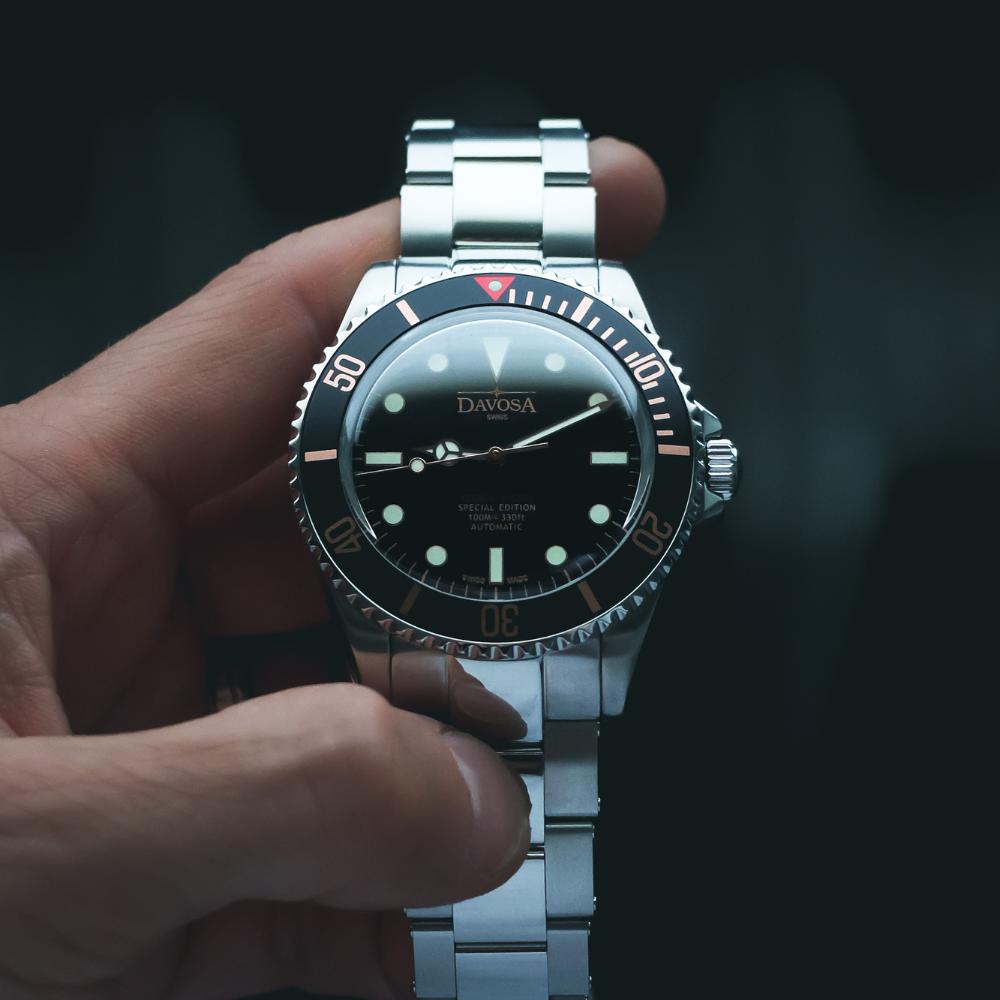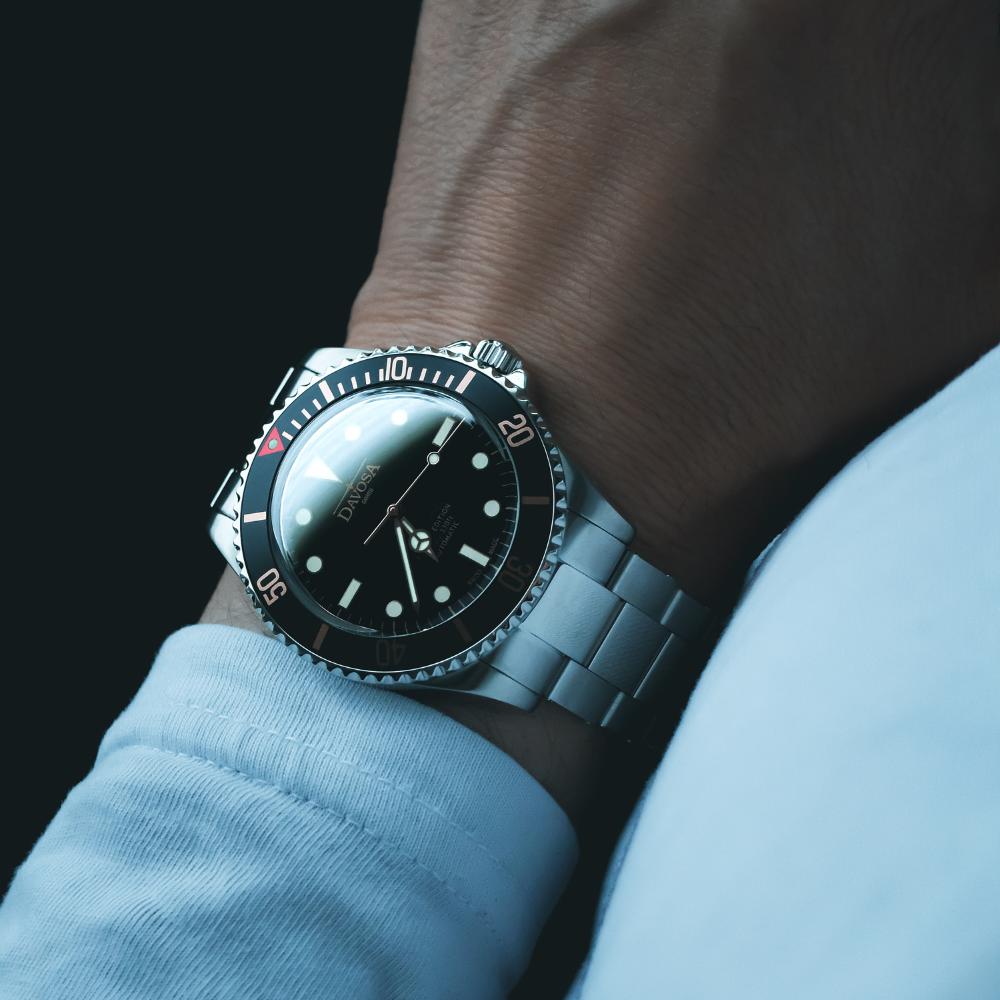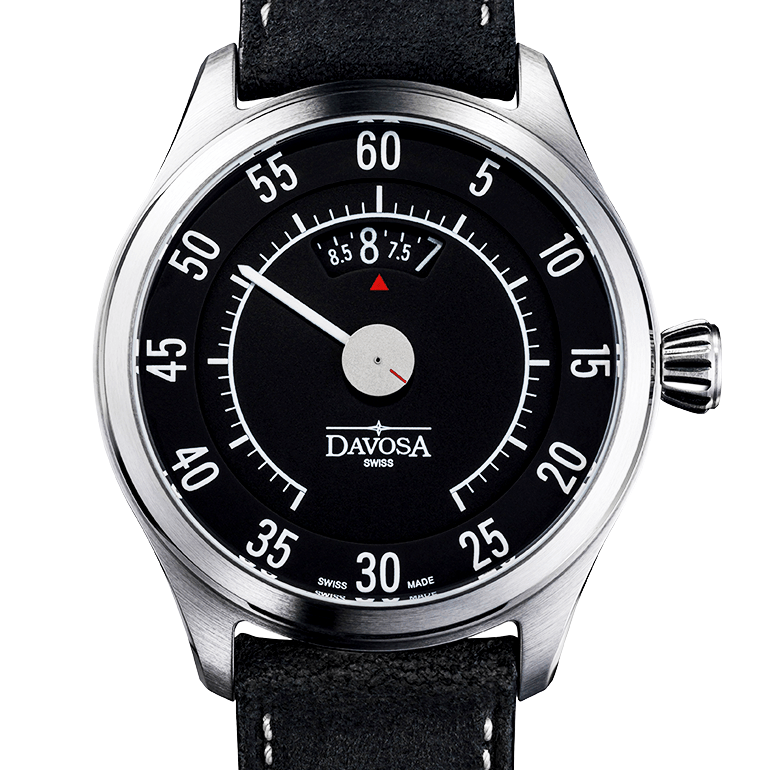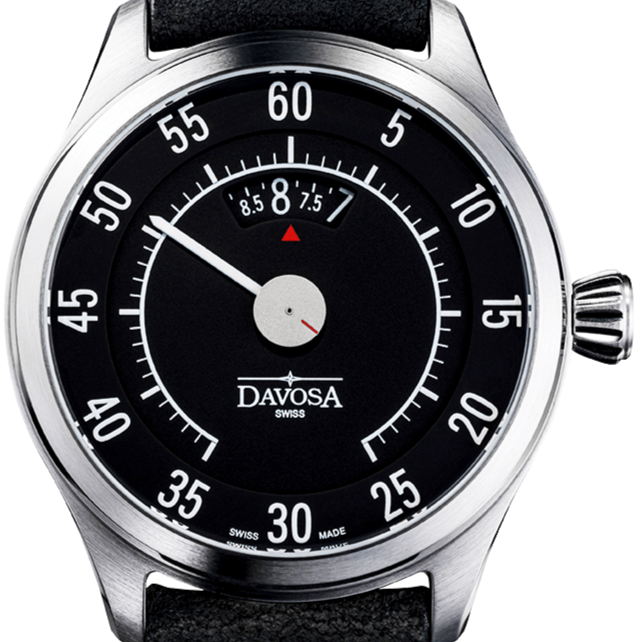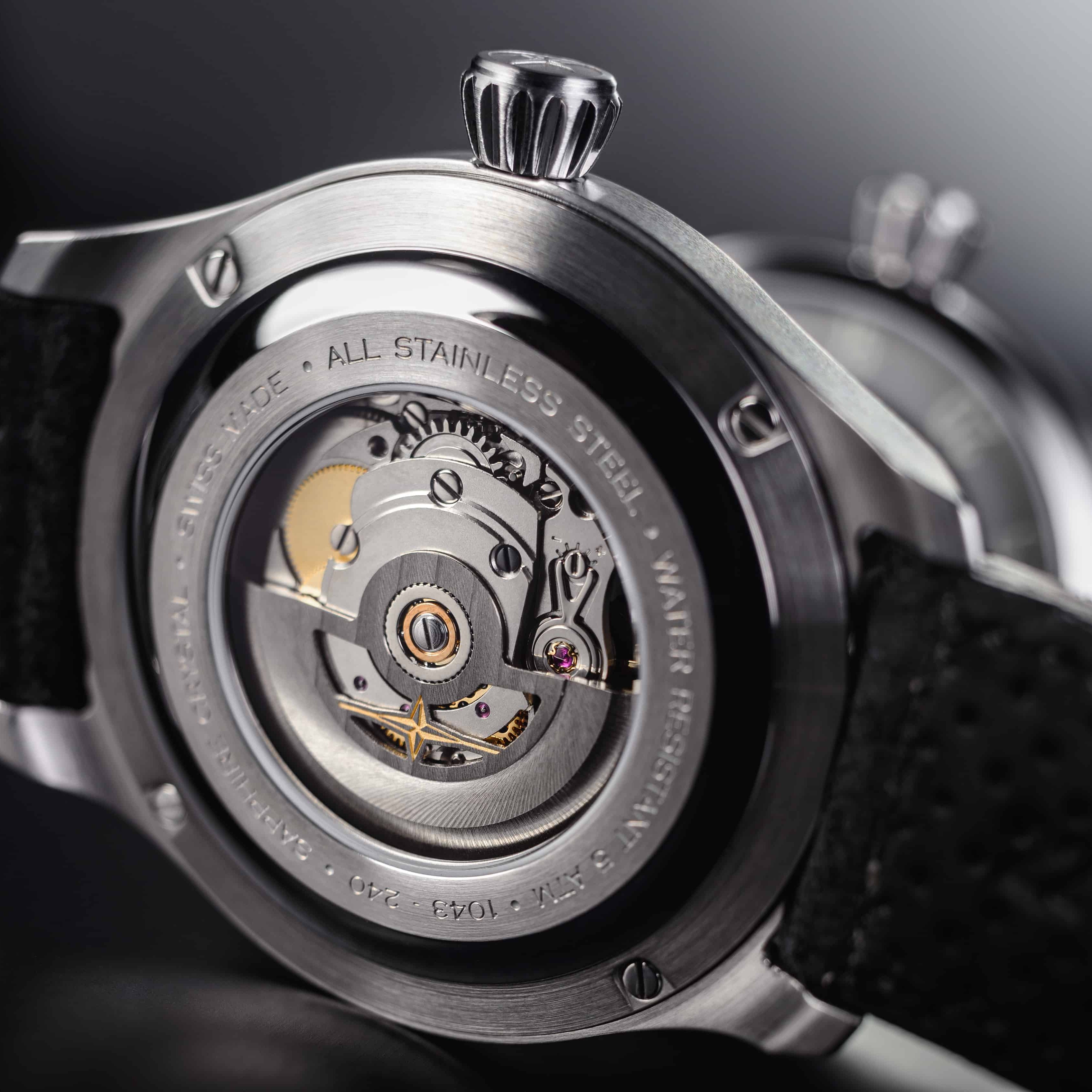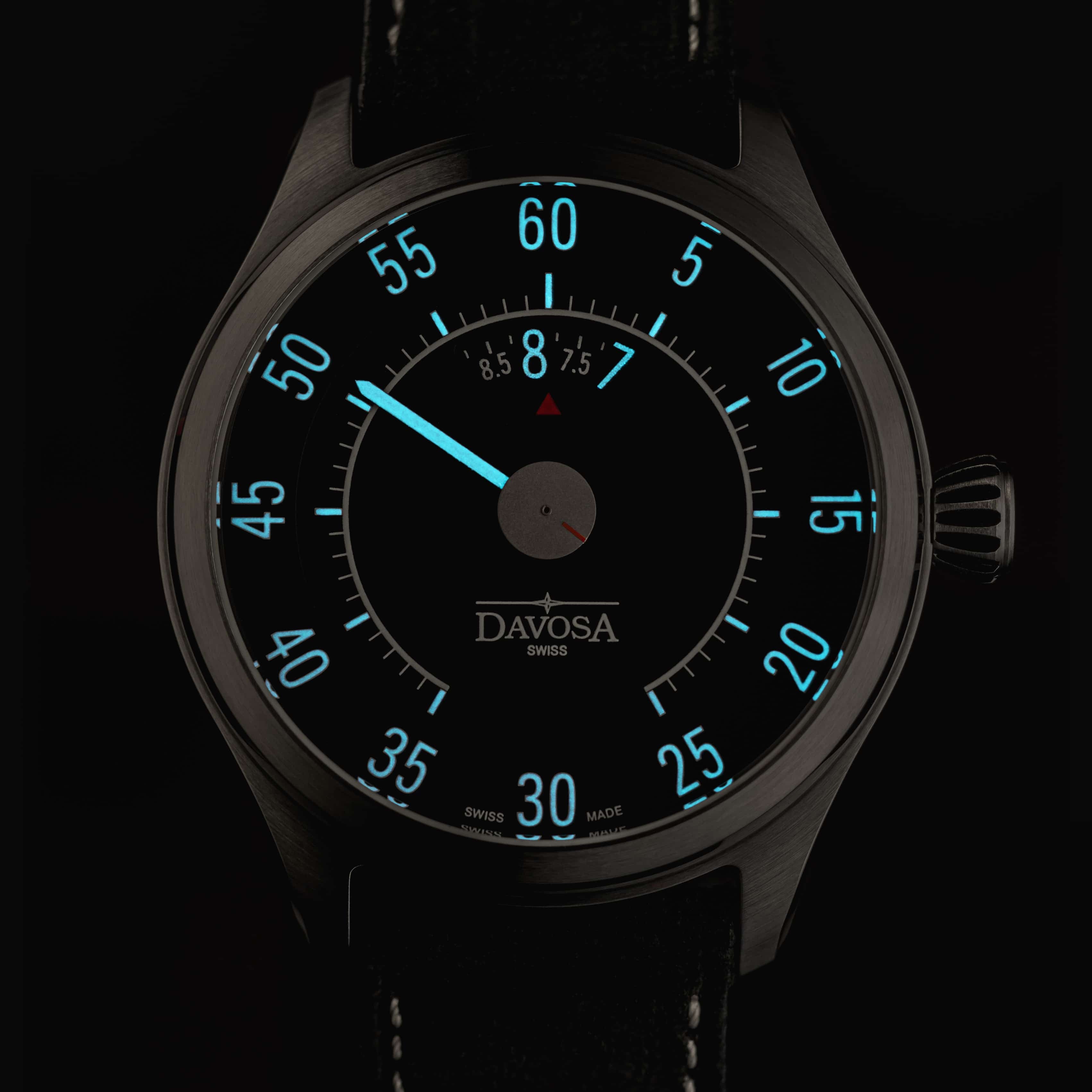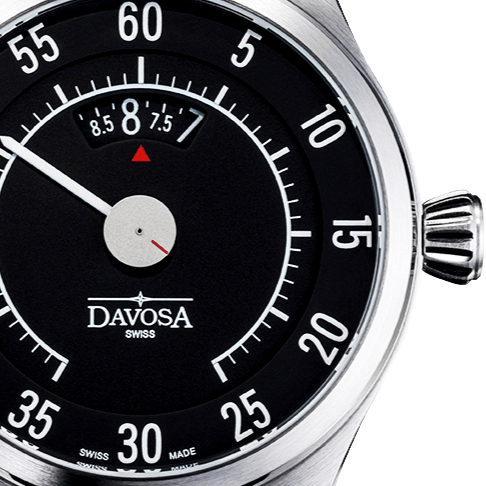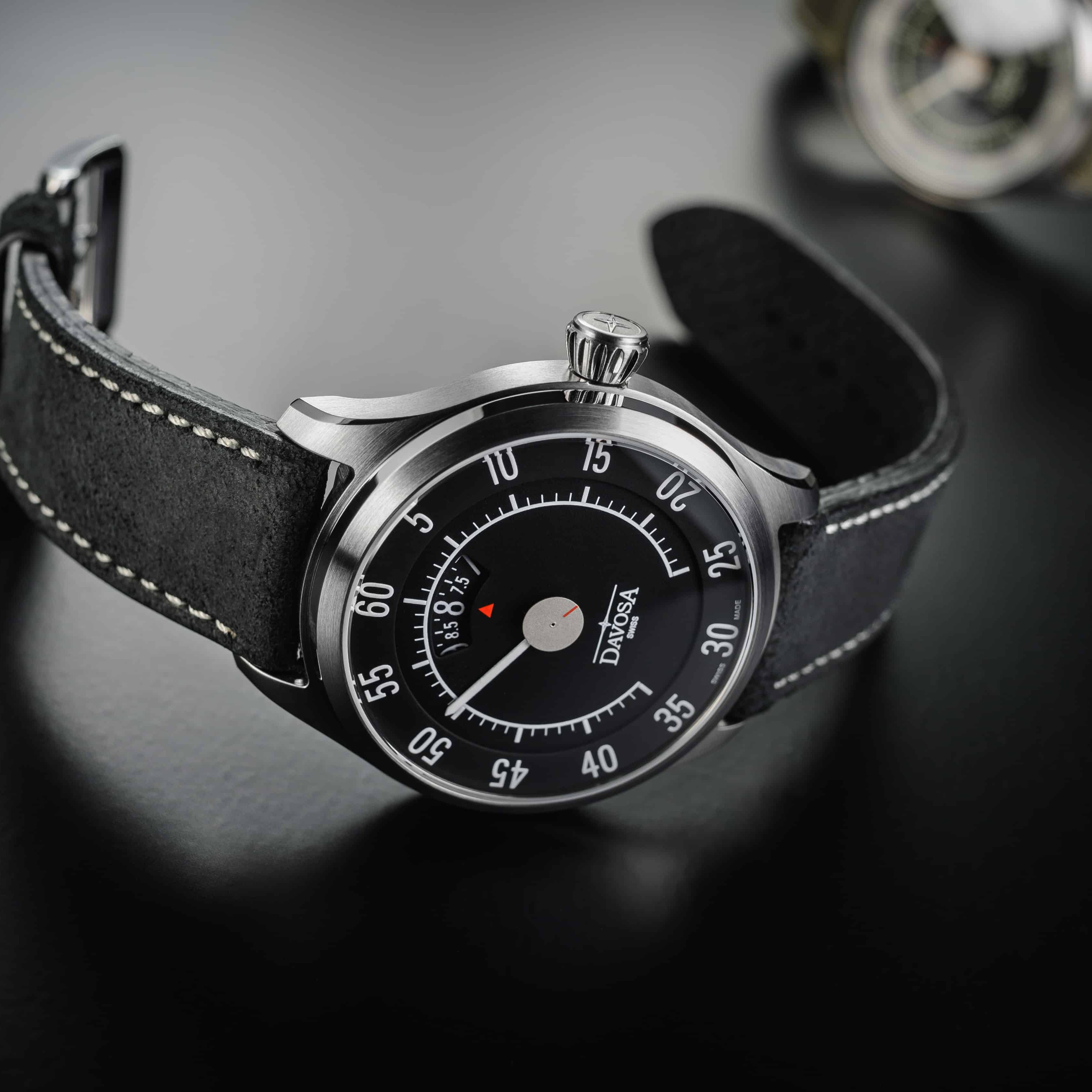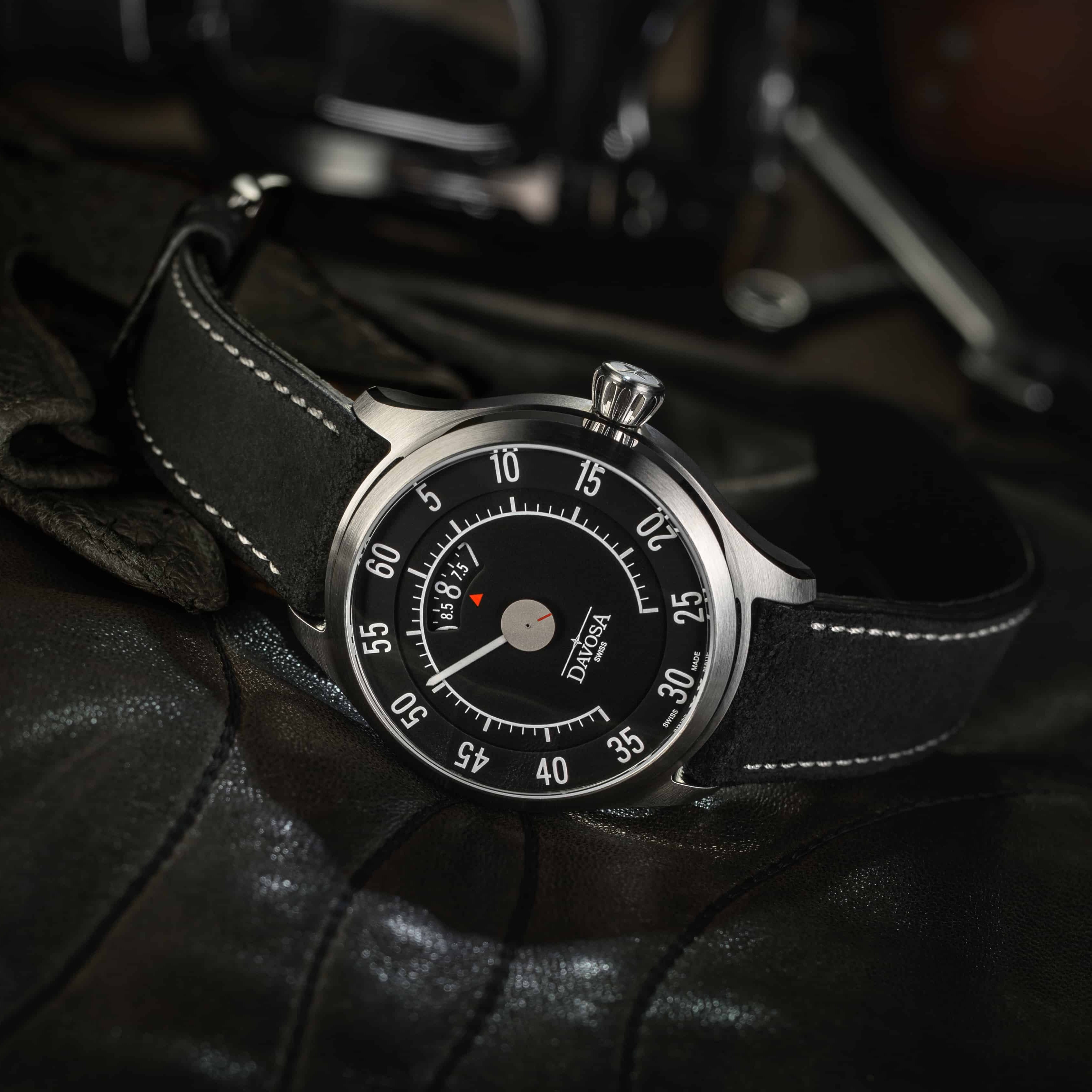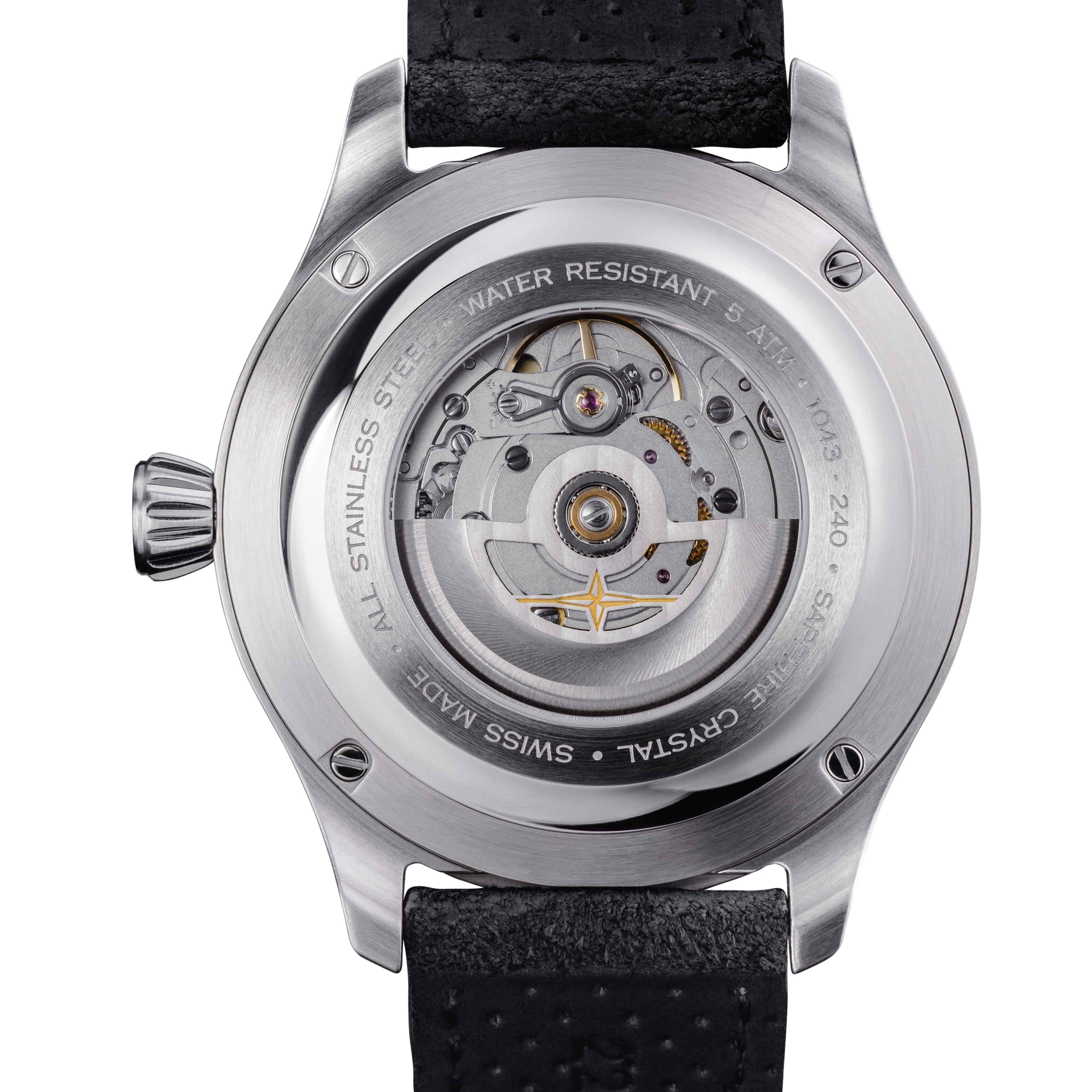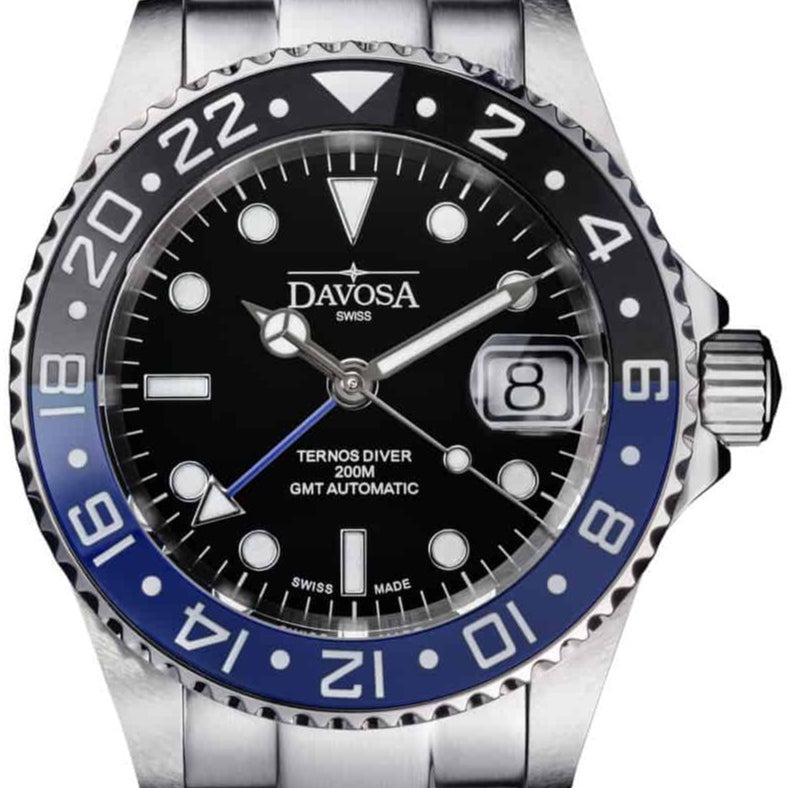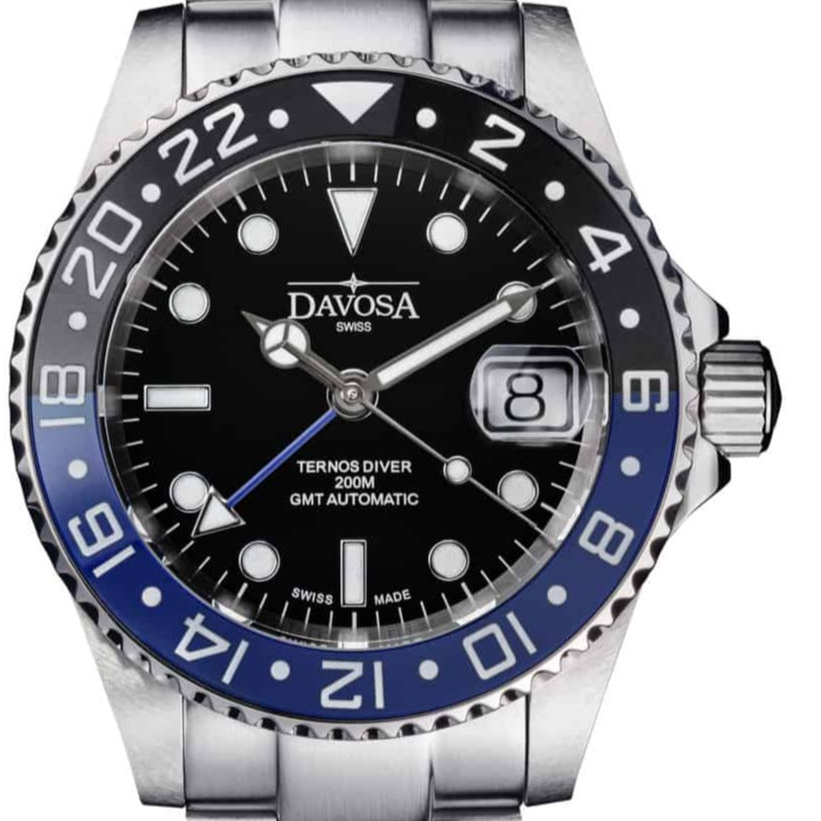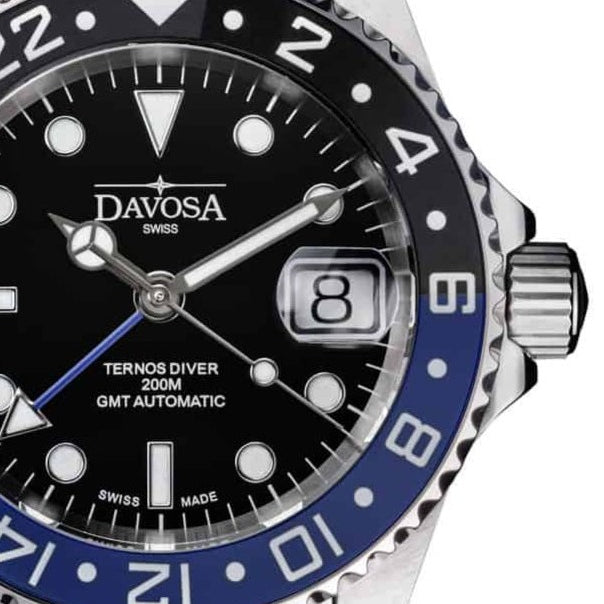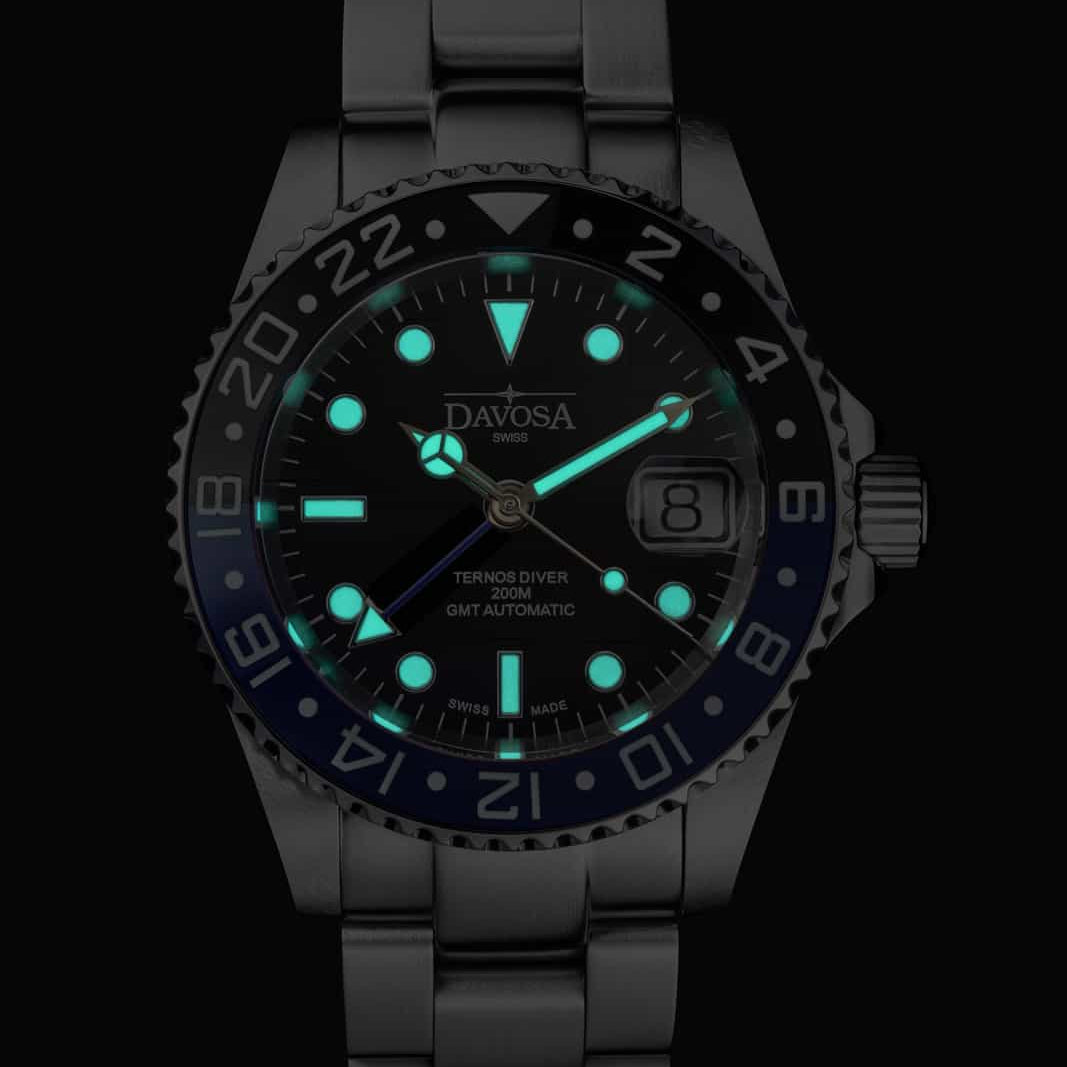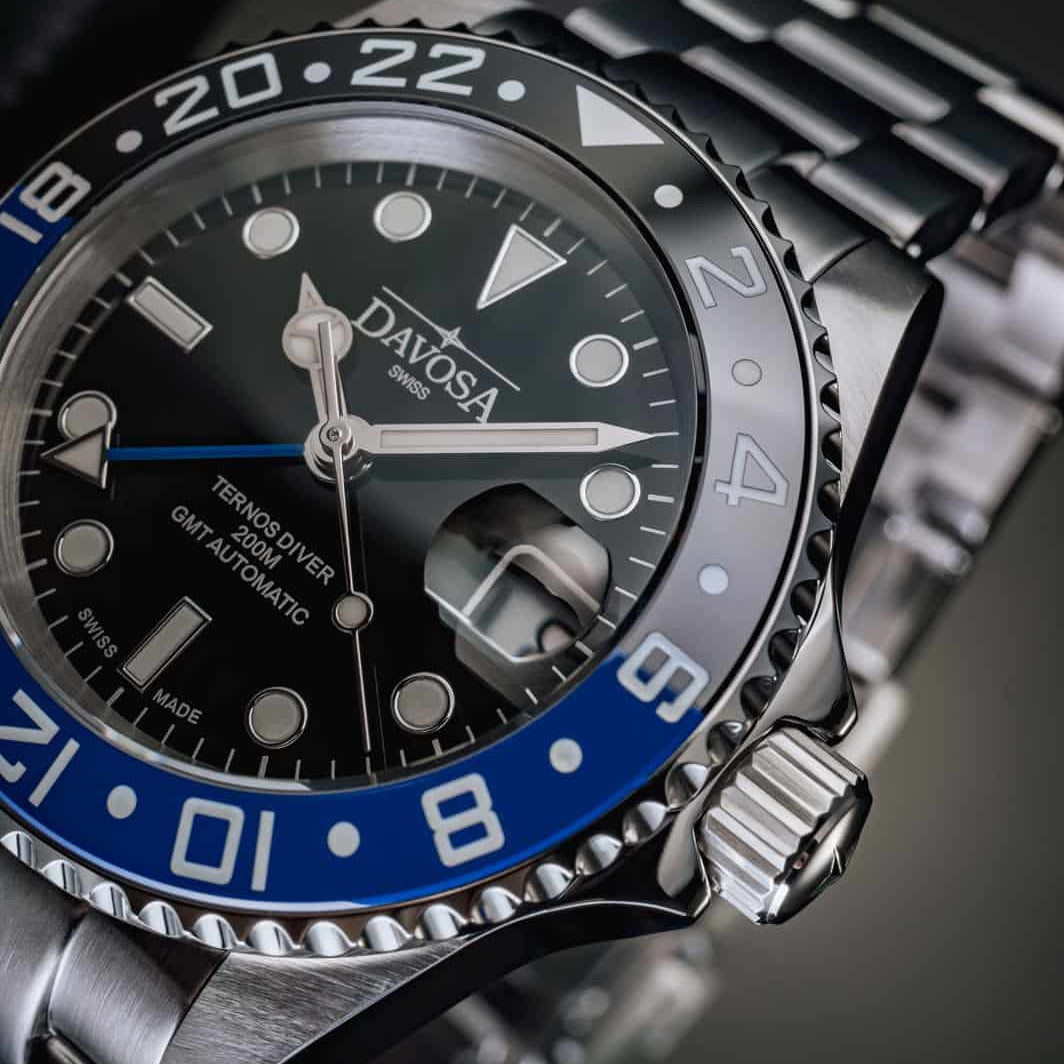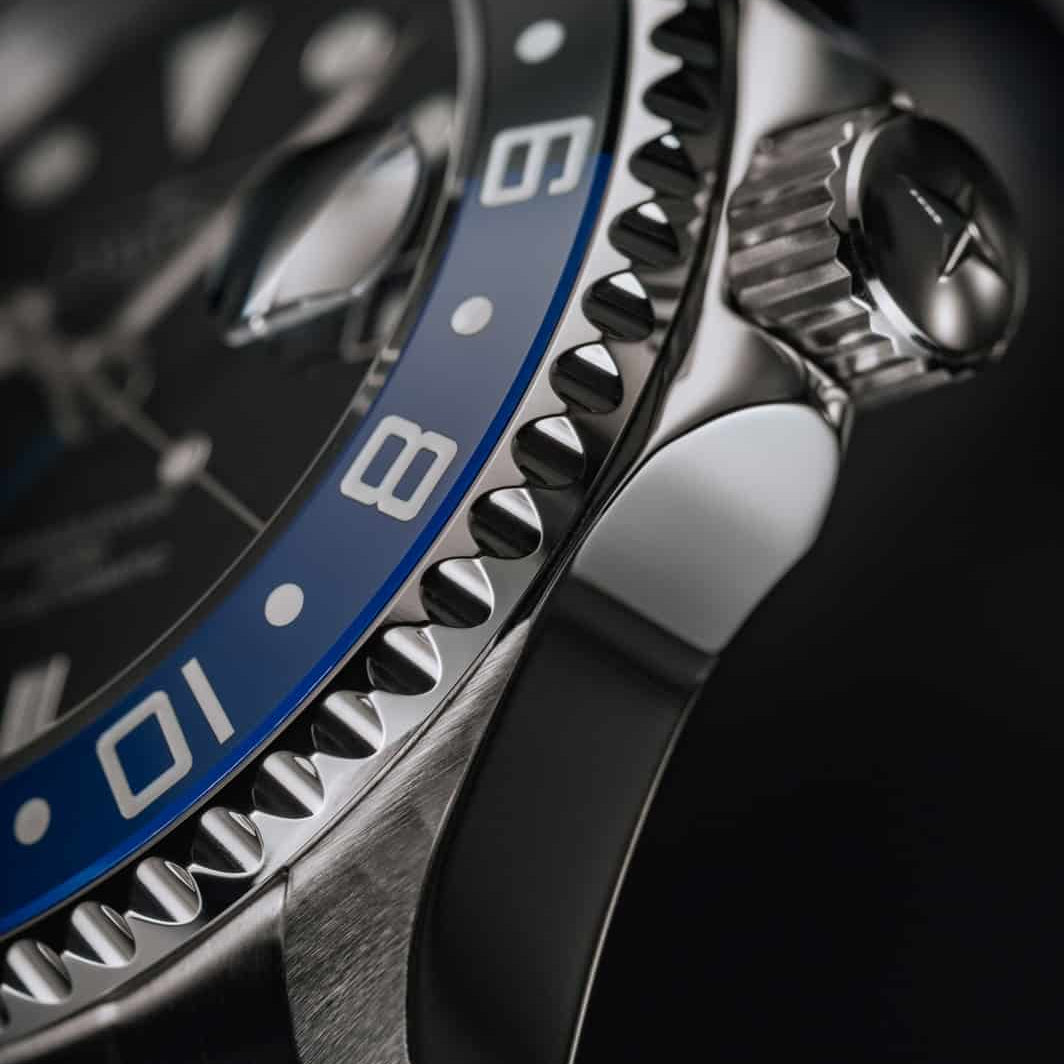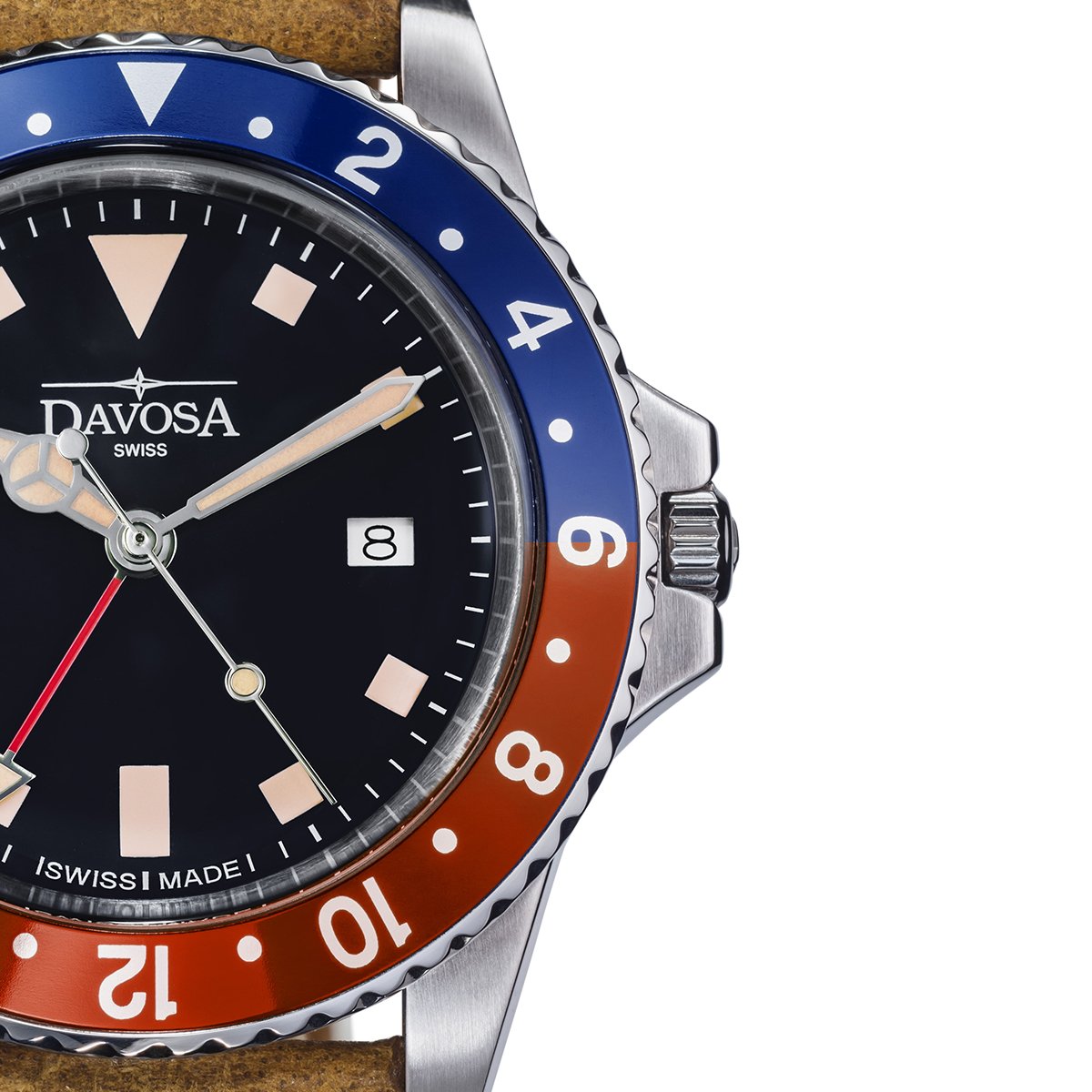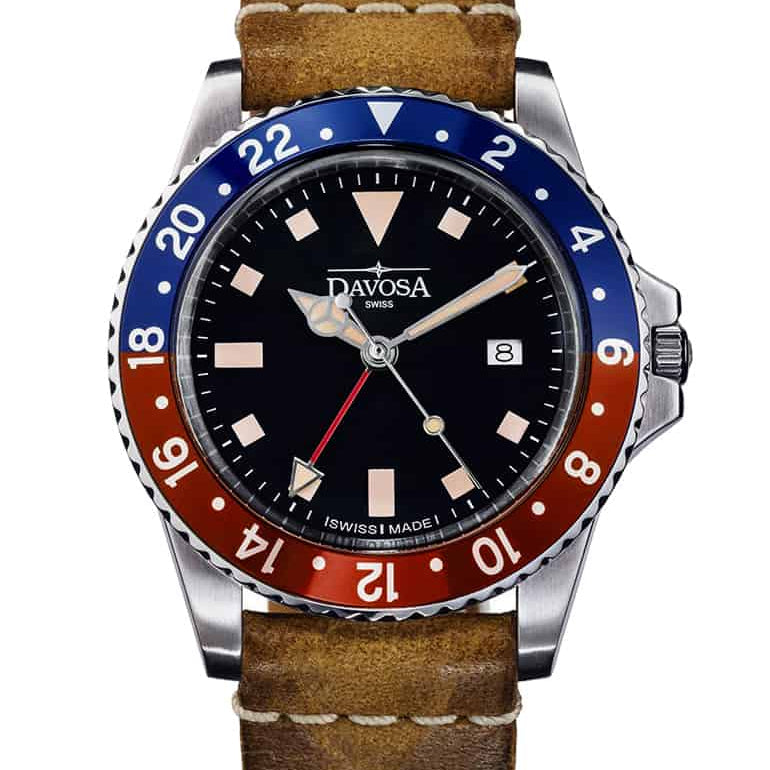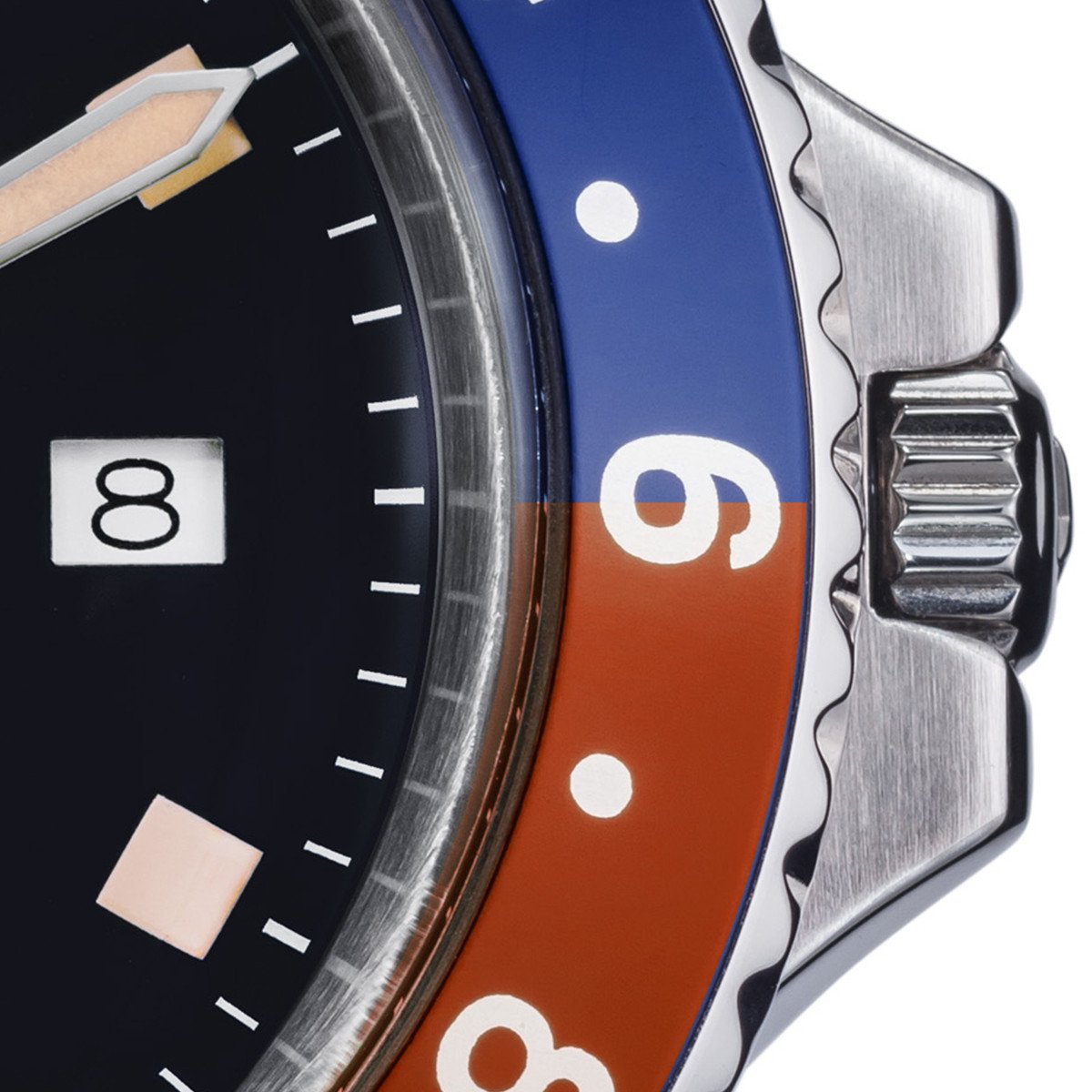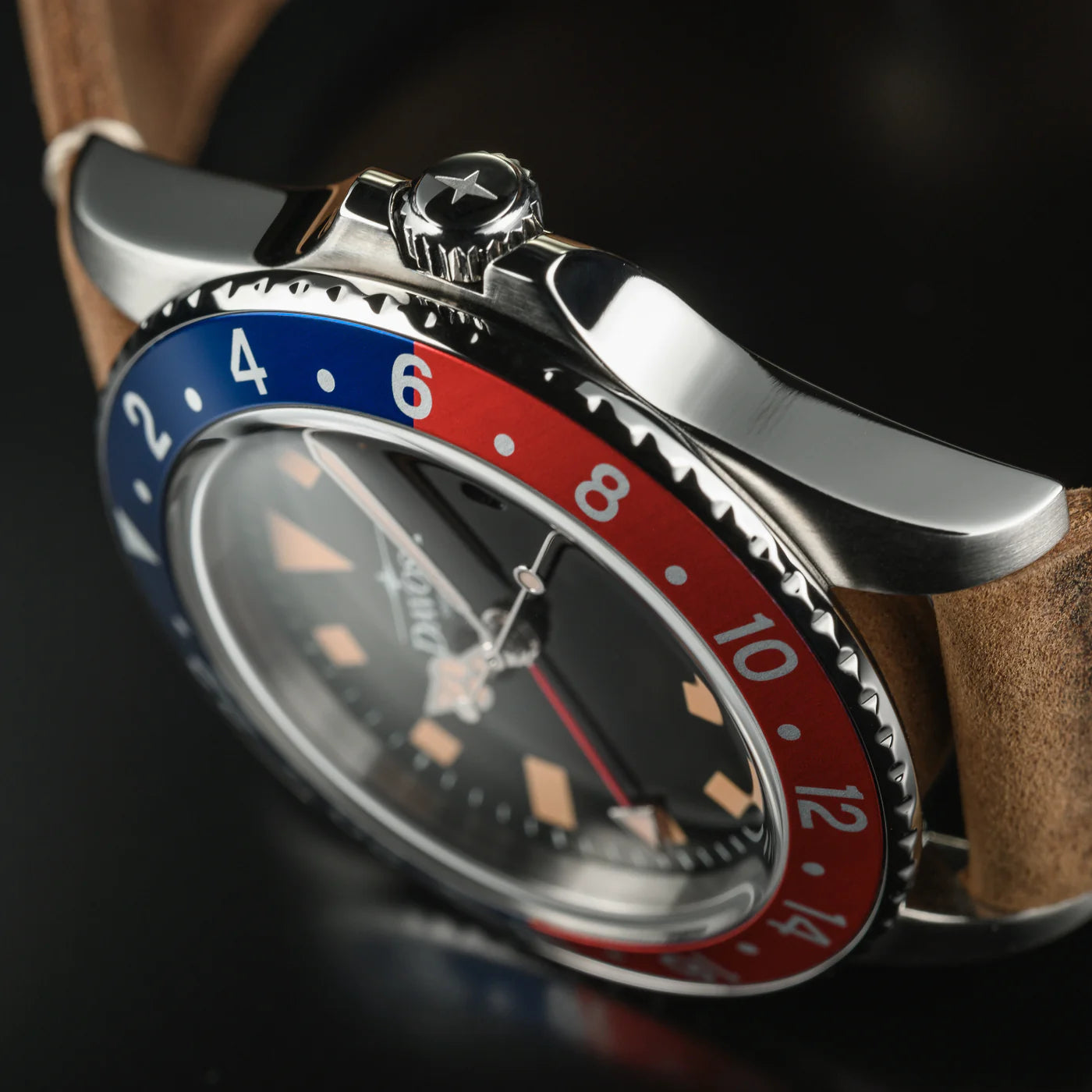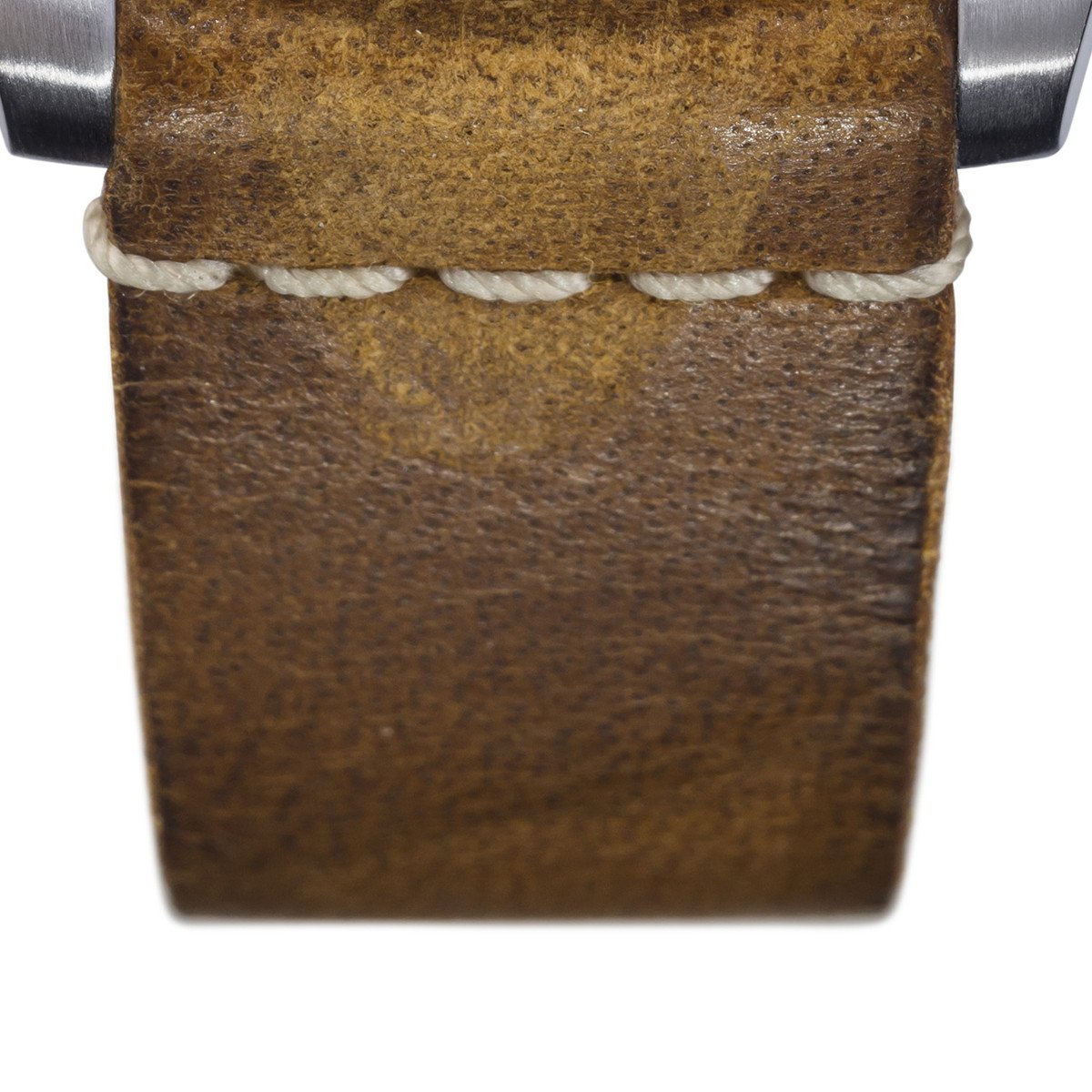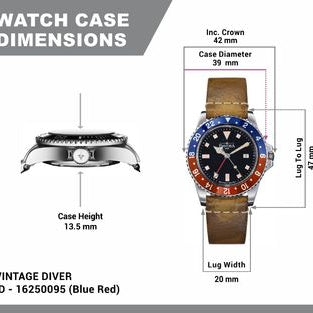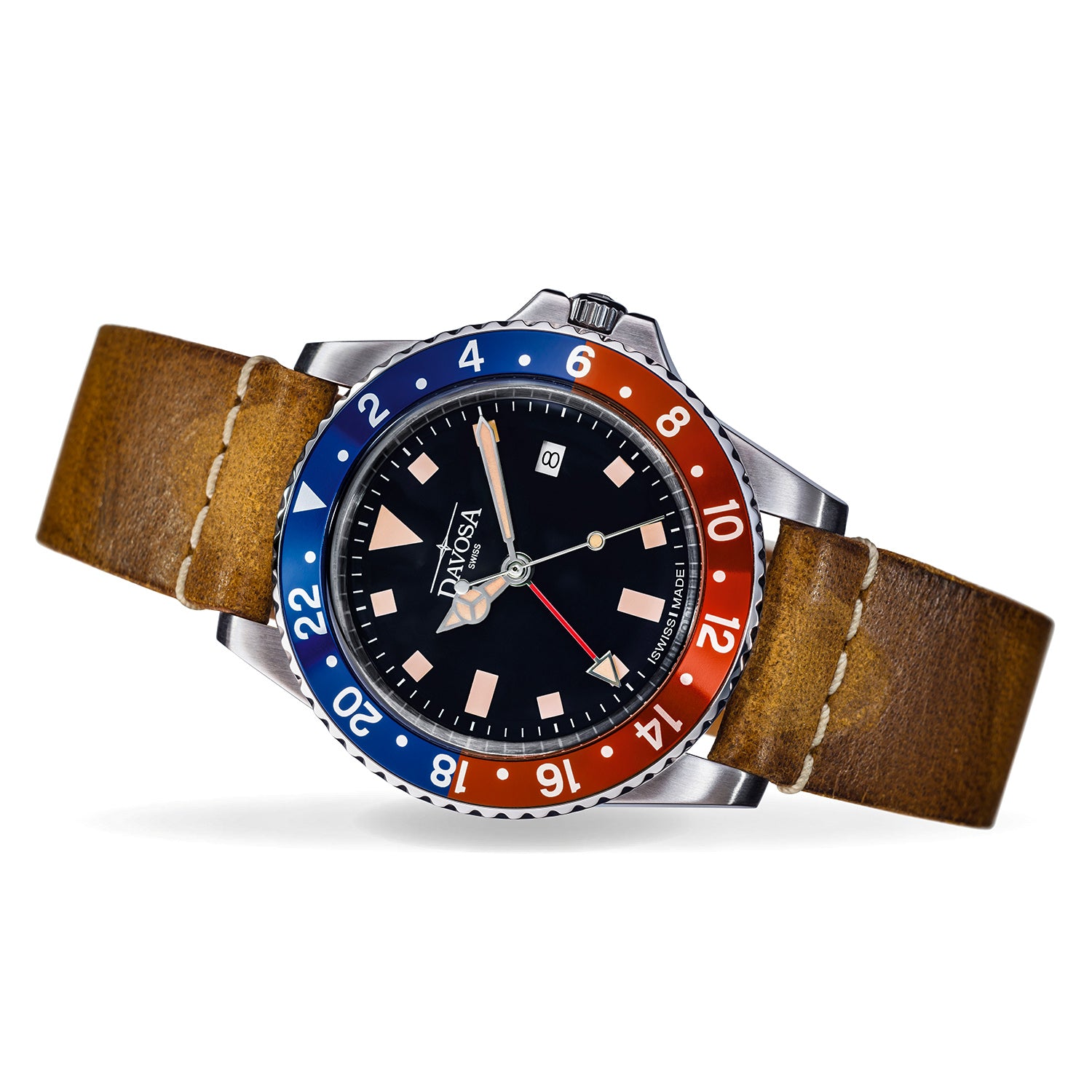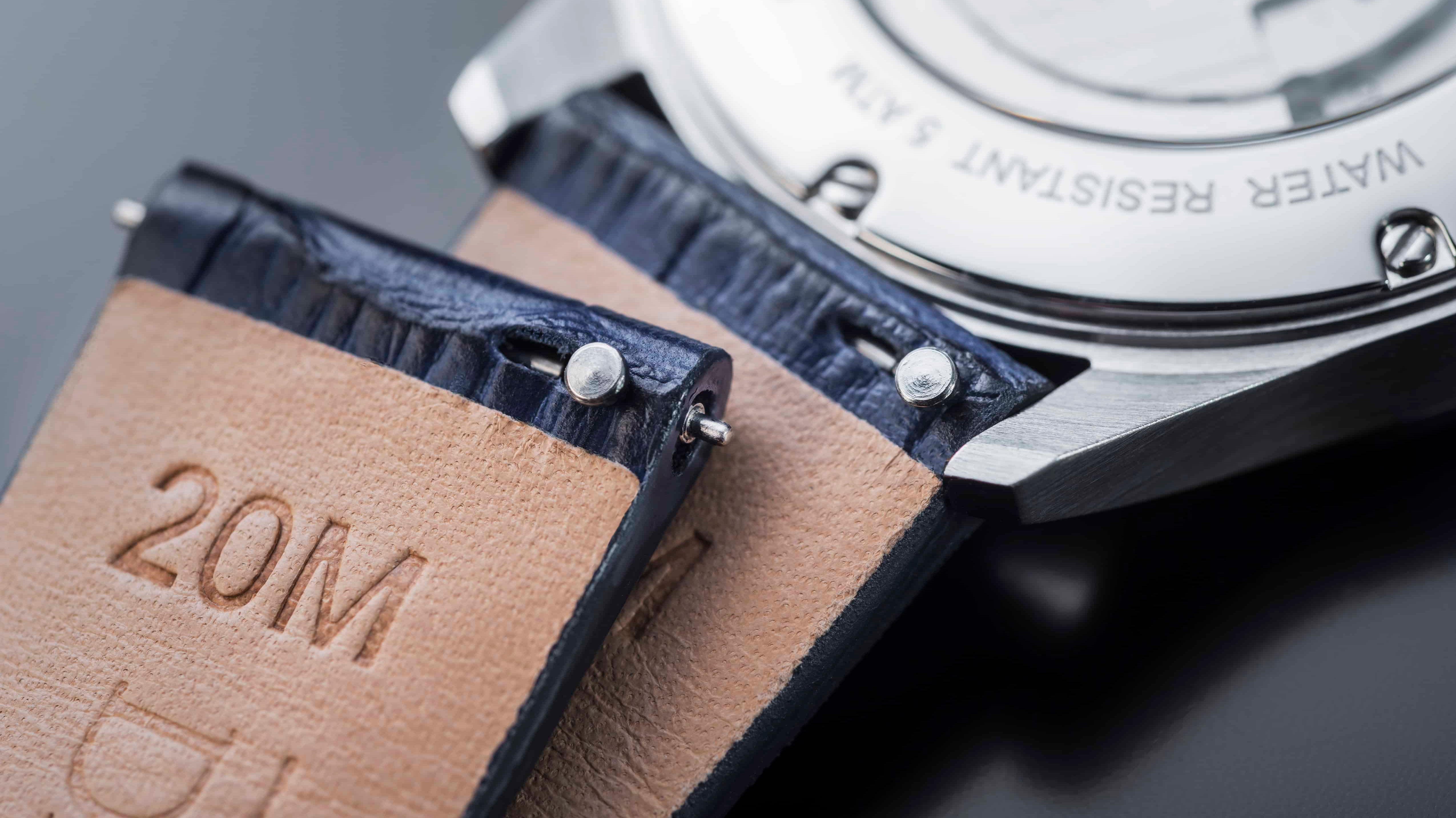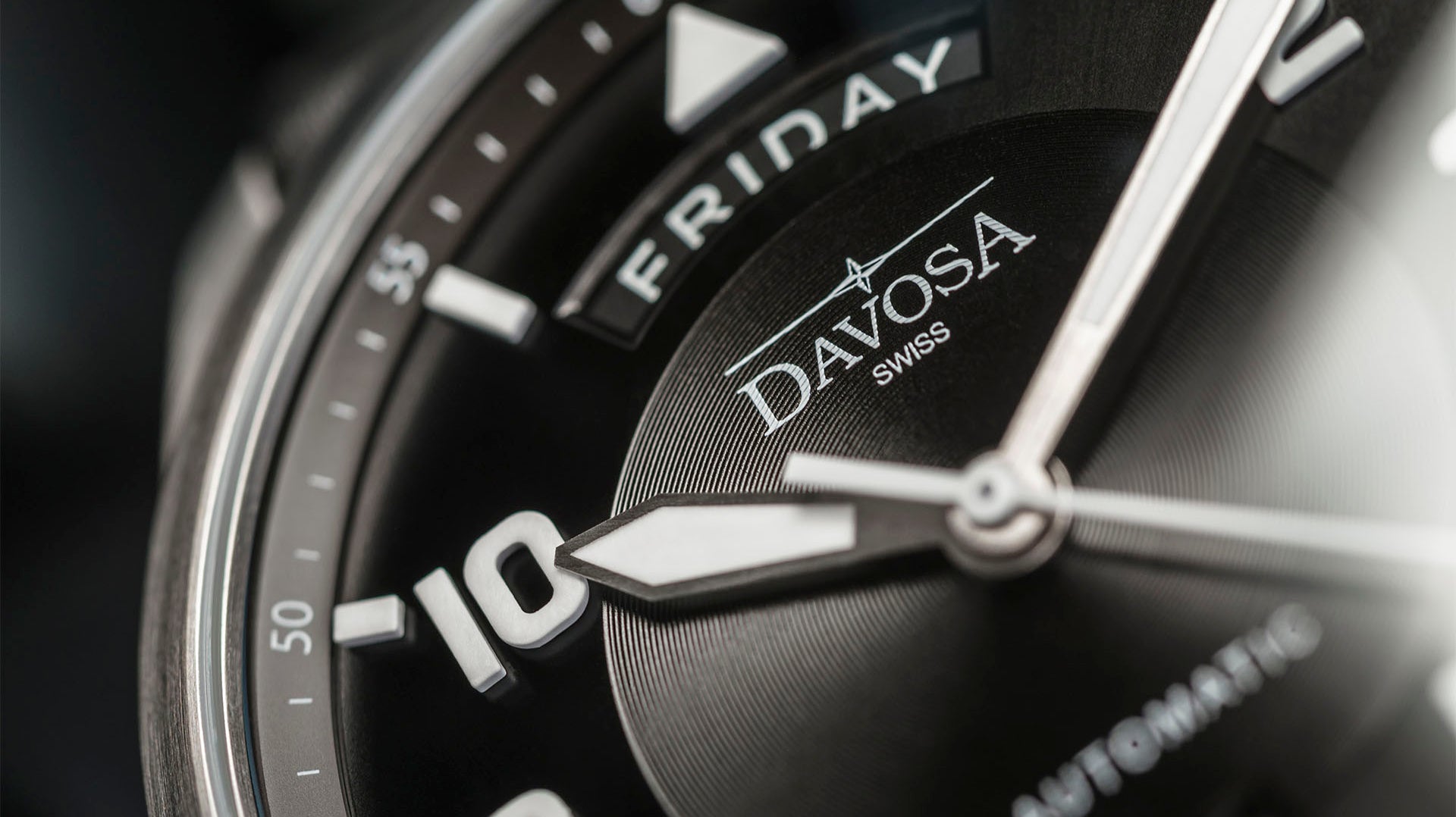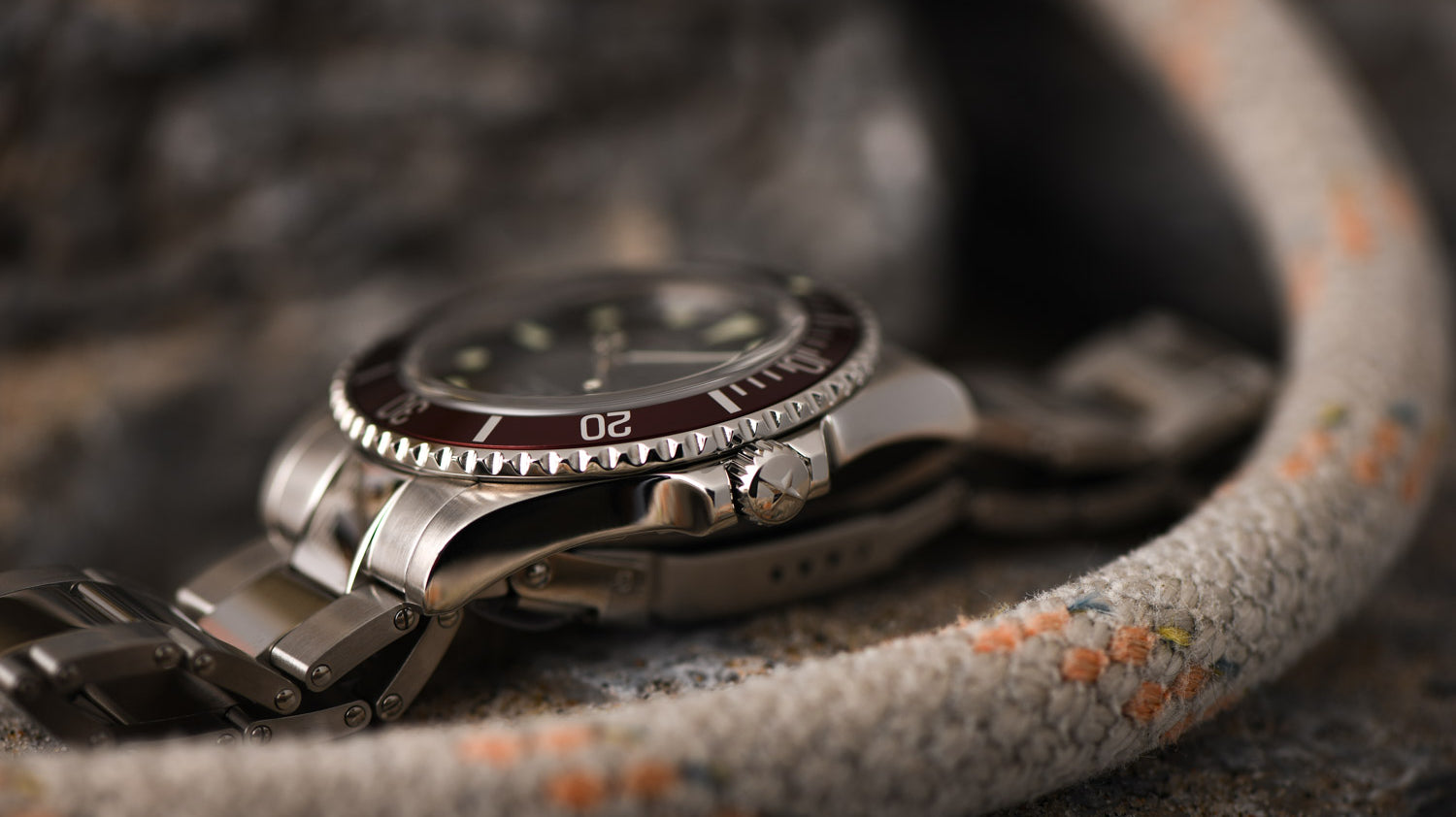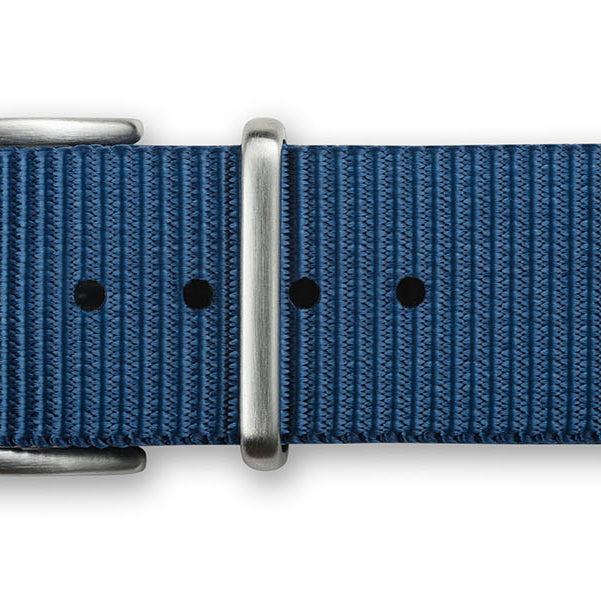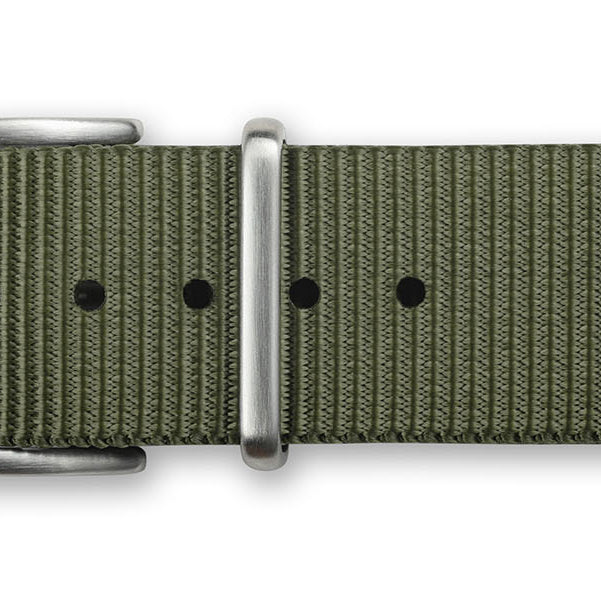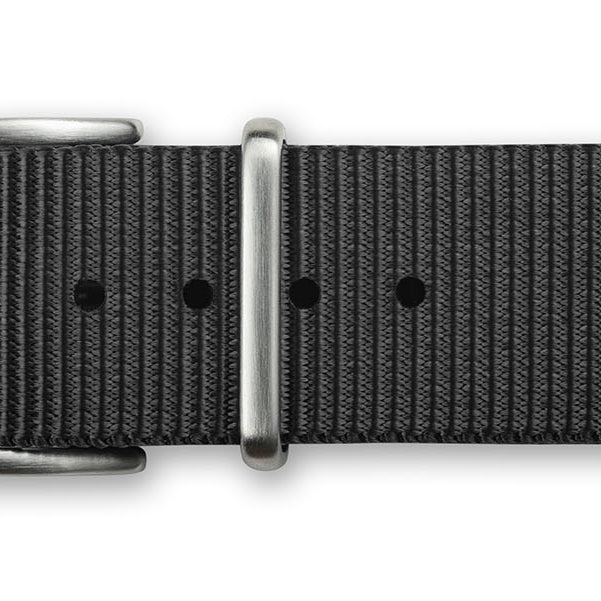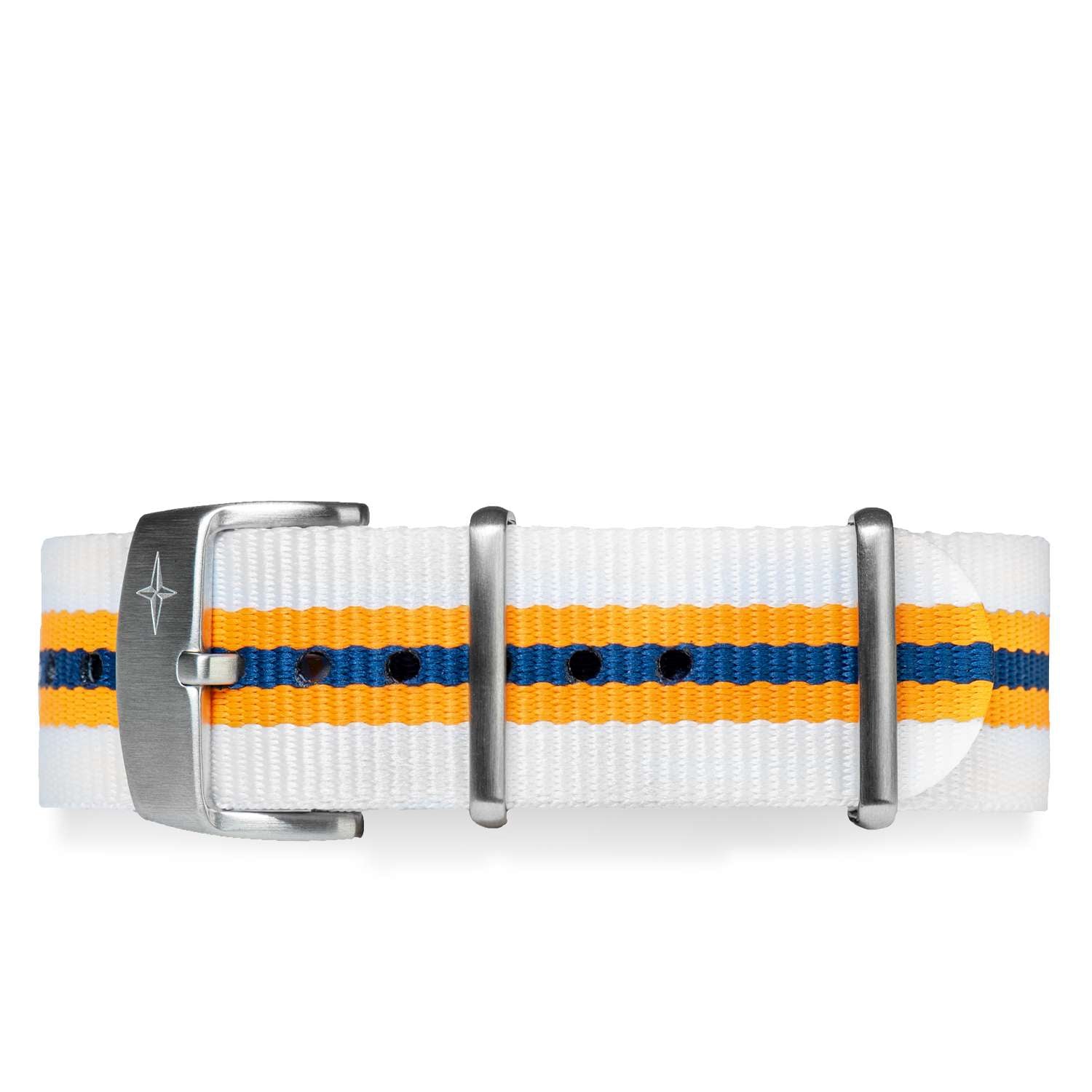Many times we come across this somewhat cryptic definition. What is an automatic watch, really? The most straightforward answer is "a watch that winds itself" - but that's only a tiny part of the whole world tucked inside the case of a self-winding watch.
So if you want to metaphorically open the back of your watch to understand how it works, that's exactly what we're here for!
What is an automatic watch movement
An automatic watch is, first and foremost, a mechanical watch. Therefore, it depends on mechanical winding to function, generally provided by the action of a coiled spring, just as it does in all manually wound watches. On contrast, quartz watches depend on the power of a button battery to work – the typical battery has a duration of a couple years: so they might work continuously, but are not “automatic.” As a note, there are a few other less-diffused movement types, like solar or hybrid, integrating mechanical and electronical components.
Moreover, a mechanical watch also has a built-in winding mechanism that winds the mainspring automatically, through the movements of the arms that we make during our everyday lives. They are so convenient that today the majority of mechanical watches sold in the market are automatic watches. Only a small fraction are hand-wound mechanical watches.

When were automatic watches invented?
Although automatic watches were invented in the late 1700s by a Swiss watchmaker named Perrelet and improved around 1800 by Breguet, they were not very successful until the watch began to migrate from the pocket to the wrist. Wearing a watch on the wrist, in fact, takes much better advantage of the potential of this innovation, as it allows much more movement than a typical pocket watch. But the concept of the automatic watch really took off at the beginning of the 1920s, when watches started to have to counter the effects of water – and the typical crown, used to wind the watch, was a major issue.
The inventor who created the first working automatic wristwatch ready for production was a British watchmaker, John Harwood, who around 1923 developed the design of the bumper movement, licensed his movement to some manufacturers (like AS Schild and Fortis), and founded his eponymous company in 1928 to market it.
He was followed by Rolex, which around 1930 refined the concept of the central rotor as an improvement over Harwood’s bumper design, patented it, and mounted it on its Oyster Perpetual line of water resistant watches.
Thanks to the added convenience of not having to recharge the watch constantly – Rolex’s design had 36 hours of power reserve, which was an excellent result back then - the automatic movement design spread quickly among wristwatches from the 1930s onwards. Both automatic solutions would be improved during the following years, to come to the present day, with centrally mounted rotors becoming dominant because of their greater efficiency, and the possibility of being mounted afterwards as a module.
Do automatic watches need movement?
Automatic watches are typical mechanical watches. They do not require movement to tell the time, as the winding power depends on the mainspring. Movement is only needed for winding automatic watches, not for their operation. So, when we talk about "automatic watches," what we really mean is "automatic winding watches."
Many automatic watches can also be manually wound, in the same way that you recharge the hand-winding mechanicals, but not all of them. So, before winding an automatic watch manually, test it carefully not to damage the crown and shaft.
Also, remember that in some cases, even though it is technically possible to wind a manual watch via the crown, this is not always desirable: for example, this happens in diver watches, where to ensure a perfect watertight seal, the less you touch the crown, the better.
How do automatic watches (self-winding) work?
Automatic watches have two main types of winding systems: the bumper type and the rotor type. Of the two, the rotor movement is the one most commonly used in modern watches.
However, both systems are based on the same principle, namely that of an oscillating mass which, moved by the regular movements of the wrist, transmits its impulse thanks to a system of wheels to the barrel, thus winding the mainspring.
The first and oldest modern automatic mechanism for wristwatches, developed by John Harwood around 1928, was based on the bumper, a mass placed on the edge of the movement that oscillated between two stops and wound the watch. This kind of automatic mechanism gives rise to a particular effect. If the timepiece is moved, you can feel the oscillating mass alternately softly bumping on the two stops - and some wearers find this sensation strangely addictive and helpful to release stress!
The insertion of this oscillating mass in the caliber required a specific design. Therefore the bumper movements were all made from scratch, often based on previous hand-winding mechanical movements.
The other primary system, featuring a centrally-mounted rotor, is different. In this case, the rotor is typically placed in the center of the watch. It has the shape of a crescent moon and is free to rotate in both directions following the movements of the wrist. This system, perfected by Rolex around 1931 and used in its Oyster Perpetual model, has the particularity that it can easily be added, as a module, to a traditional hand-wound caliber.
However, both automatic winding systems have the oscillating weight or rotor connected to a series of wheels that transmit the movement to the barrel, with the effect of winding the watch.
Another automatic mechanism deserves mention: the micro-rotor. This technical solution featured a tiny rotor embedded in the movement of the watch to reduce its thickness. It was used for the most elegant timepieces and was pioneered among the first by the great Gerald Genta, who wanted it inside the Polerouter. Although not very common and less efficient than the standard rotor, the micro-rotor is a mechanism of great class.
This said, there are a few mechanisms which represent an exception to the rule, and we are talking about two movements designed by Seiko: the Kinetic and the Spring Drive. These movements use a hybrid system, where the movement of the central rotor charges a capacitator which propels a quartz system, in the first case, while in the second, the movement of the rotor is controlled and checked for accuracy by an electronic system, leading to some very precise timepieces.
Both of these mechanisms however differ from a battery-powered watch because they feature a centrally mounted rotor, so they belong to the “automatic watch” category for their winding.

What is the best automatic watch movement?
Sometimes people wonder about automatic watch accuracy, thinking that the charging system has an effect on the precision of the watch. We want to reassure you: automatic watches are as precise as hand-wound watches: in general, the accuracy of a mechanical watch ultimately depends on the fine regulation it receives from the watchmaker who finetunes it.
This also means that there is no such thing as a “best automatic mechanism”: the most suitable automatic mechanism should be tailored for that particular watch. In principle, the best solutions involve creating a movement that directly integrates the automatic winding system, precisely because a watch is a very complex little machine made of many parts that must work in perfect synergy with each other. And when these are designed to operate together from the very beginning, indeed, this is preferable.
However, we can say that by now, the technology of automatic winding is so widespread that it has become almost trivial. Therefore, it is now extremely infrequent to experience the winding problems that sometimes happened with older calibers.
In general, a very popular caliber, produced in millions and millions of pieces, is more robust than a movement that is perhaps more sophisticated but made in a few thousand units. That's why automatic watches that mount stock or modified ETA or Sellita ebauches rarely have any winding problems, and should something happen to them, it would be effortless to repair.

We may be in an age full of innovations but automatic watches are still the in-thing for many people. They were the in-thing before the 1970s when quartz took over, and in recent times they’ve returned as snazzy fashion pieces.
Manual or battery-operated watches are good too, but there are advantages that only an automatic timepiece can offer. We’re gonna run down the major ones here.

The Davosa-USA.com website is NOT affiliated in any way with Audemars Piguet, Franck Muller USA, Inc. Richard Mille or Richemont Companies, Seiko, or any other brand which is not Davosa Swiss. Rolex is a registered trademark of Rolex USA. Davosa-USA website is not an authorized dealer, reseller, or distributor for Rolex and is in NO WAY affiliated with Rolex SA or Rolex USA or any other brand besides Davosa Swiss. |


